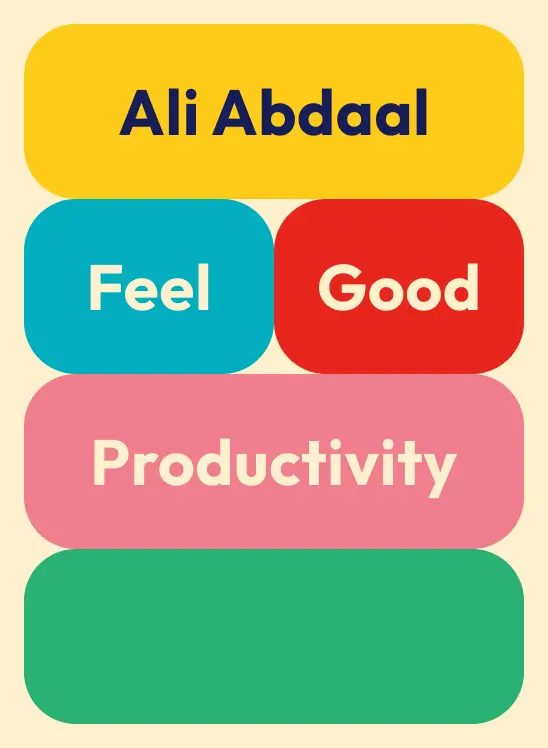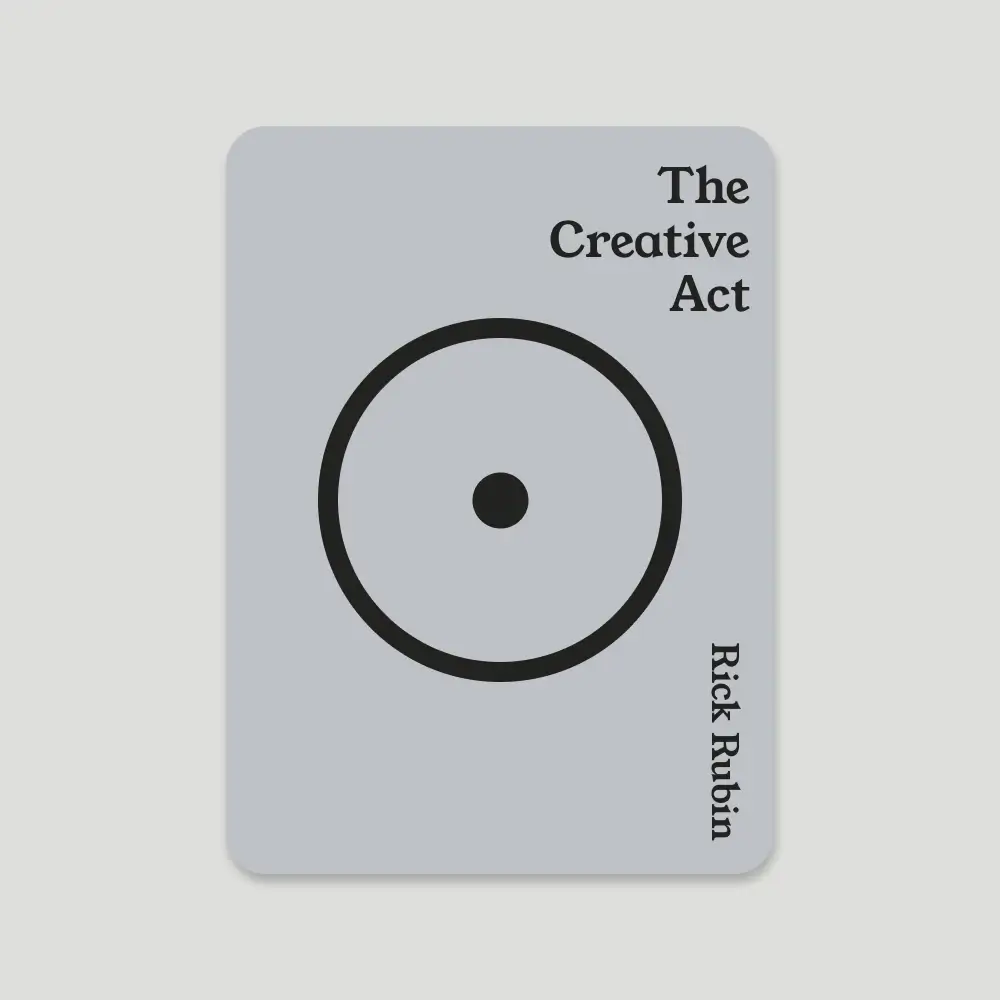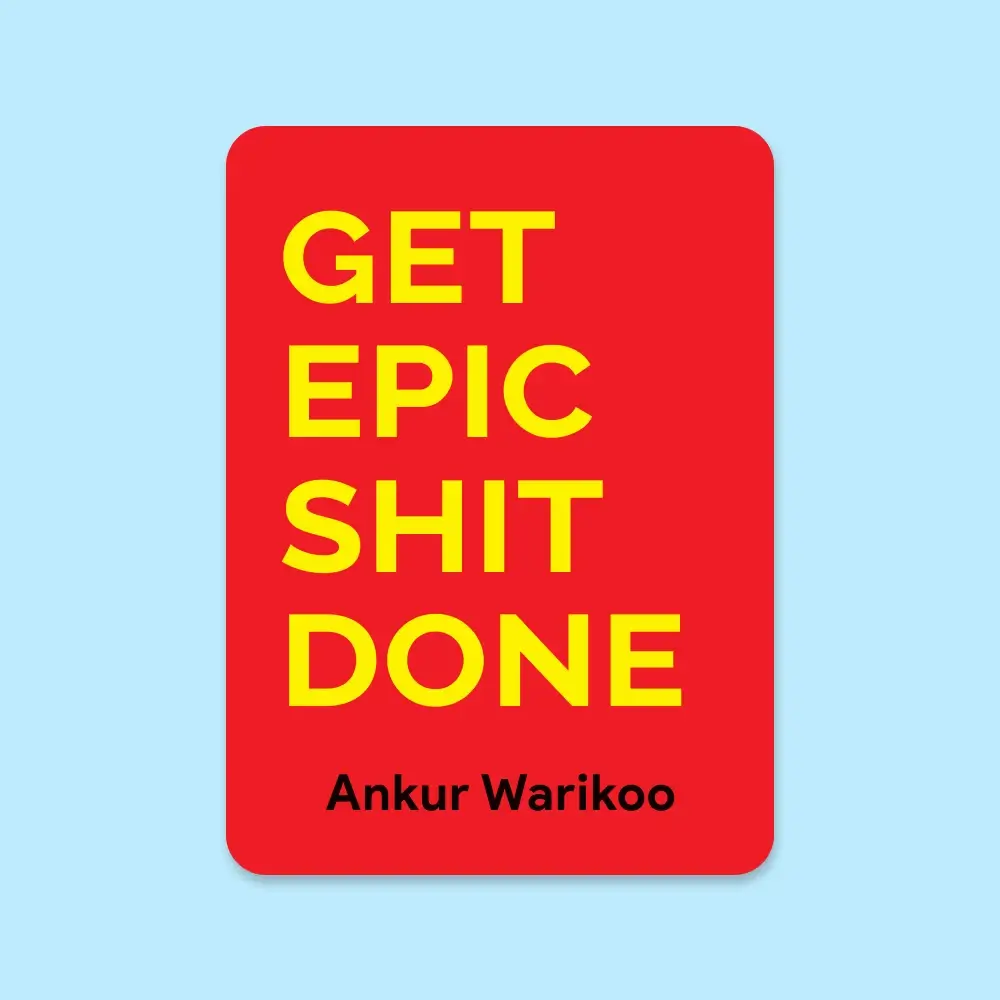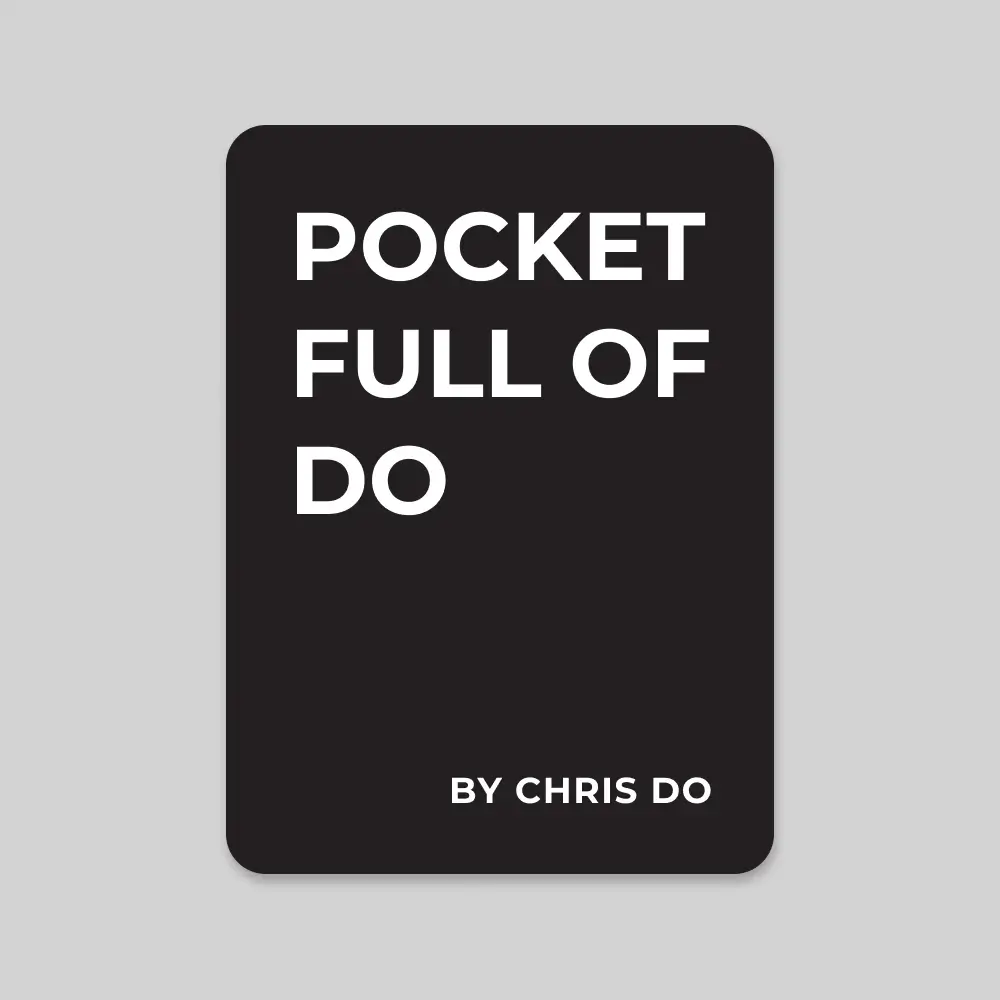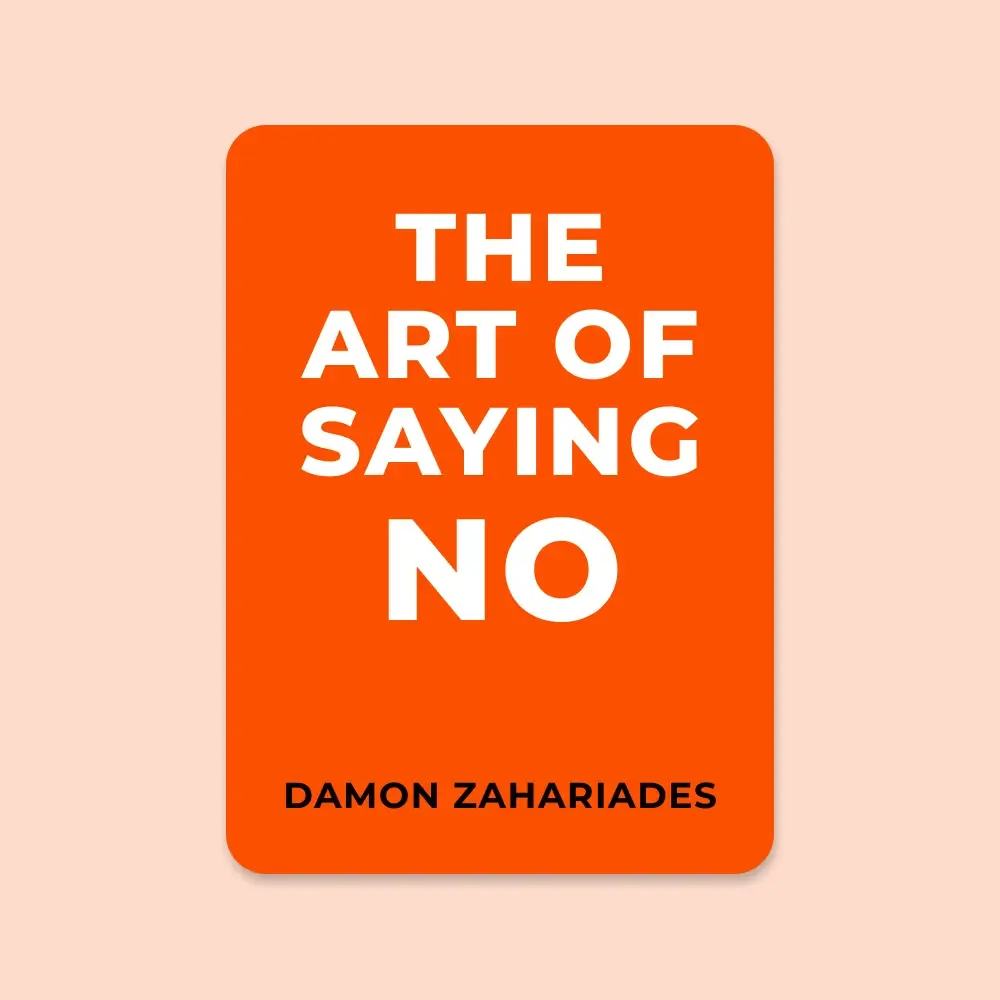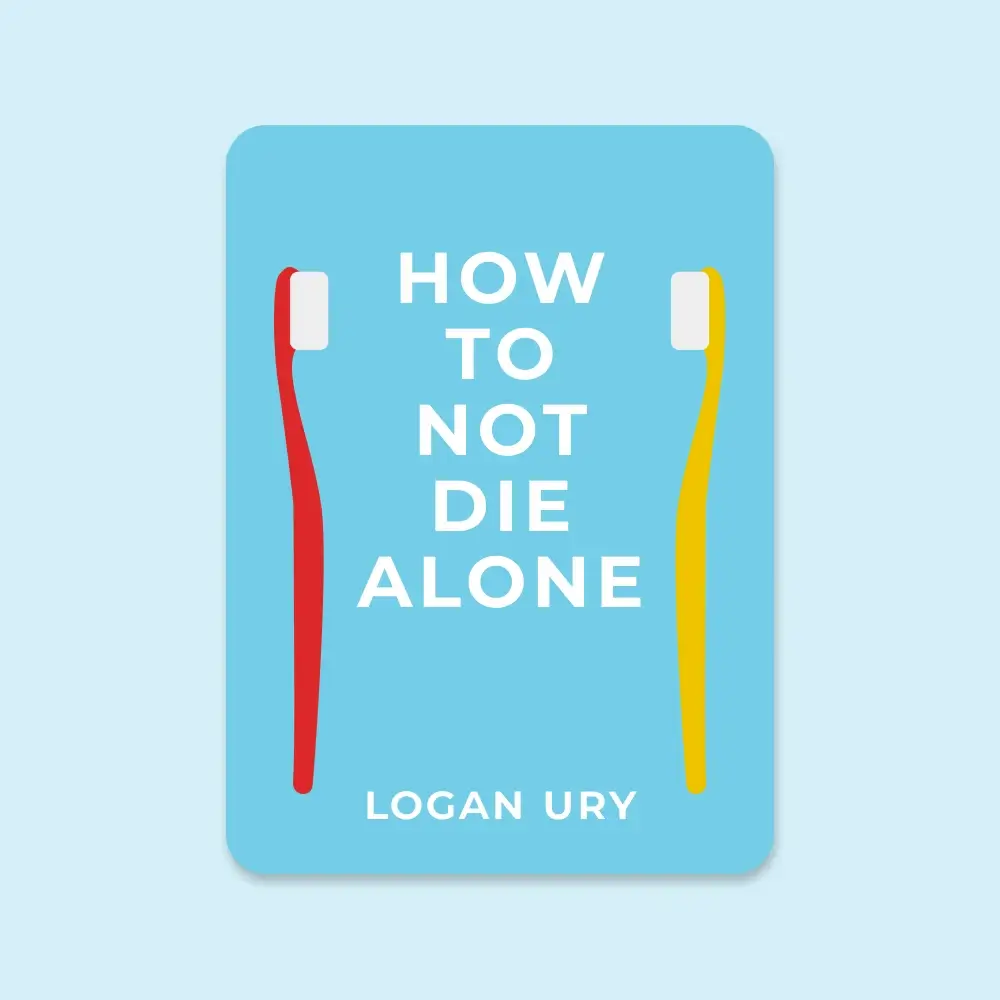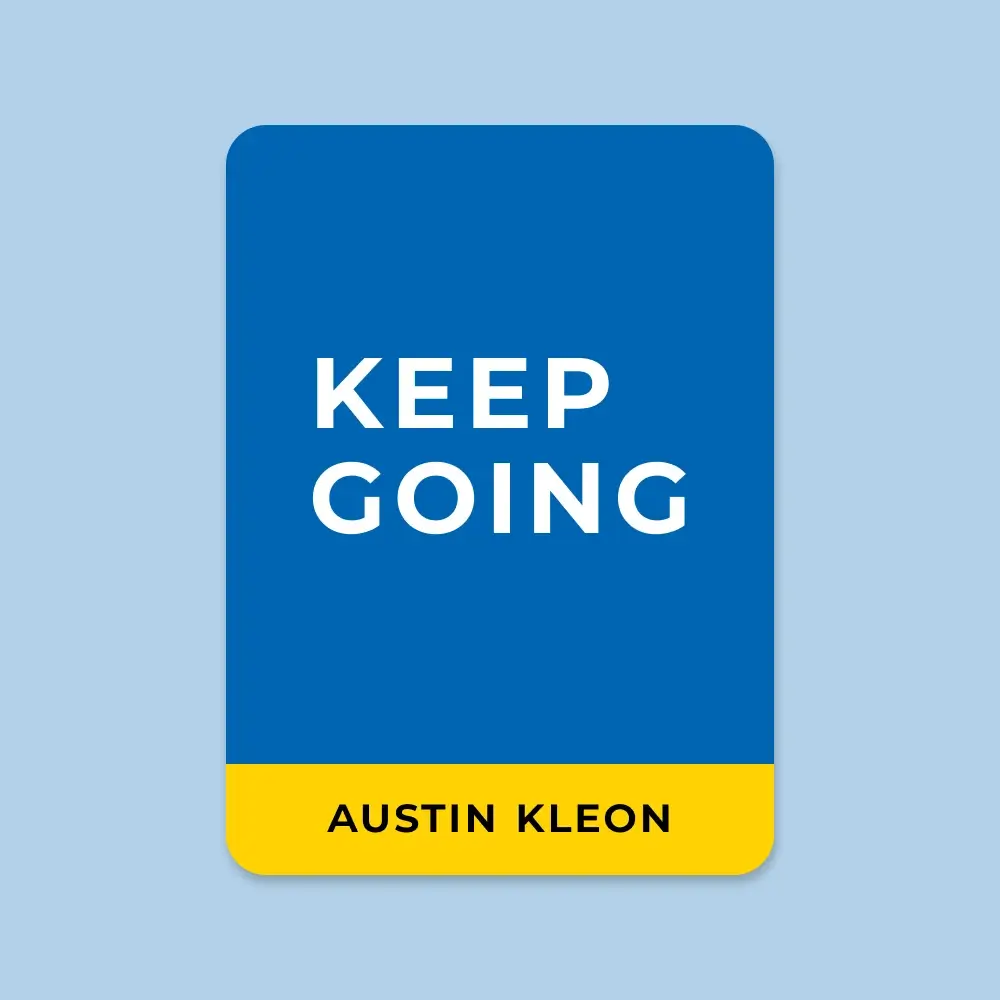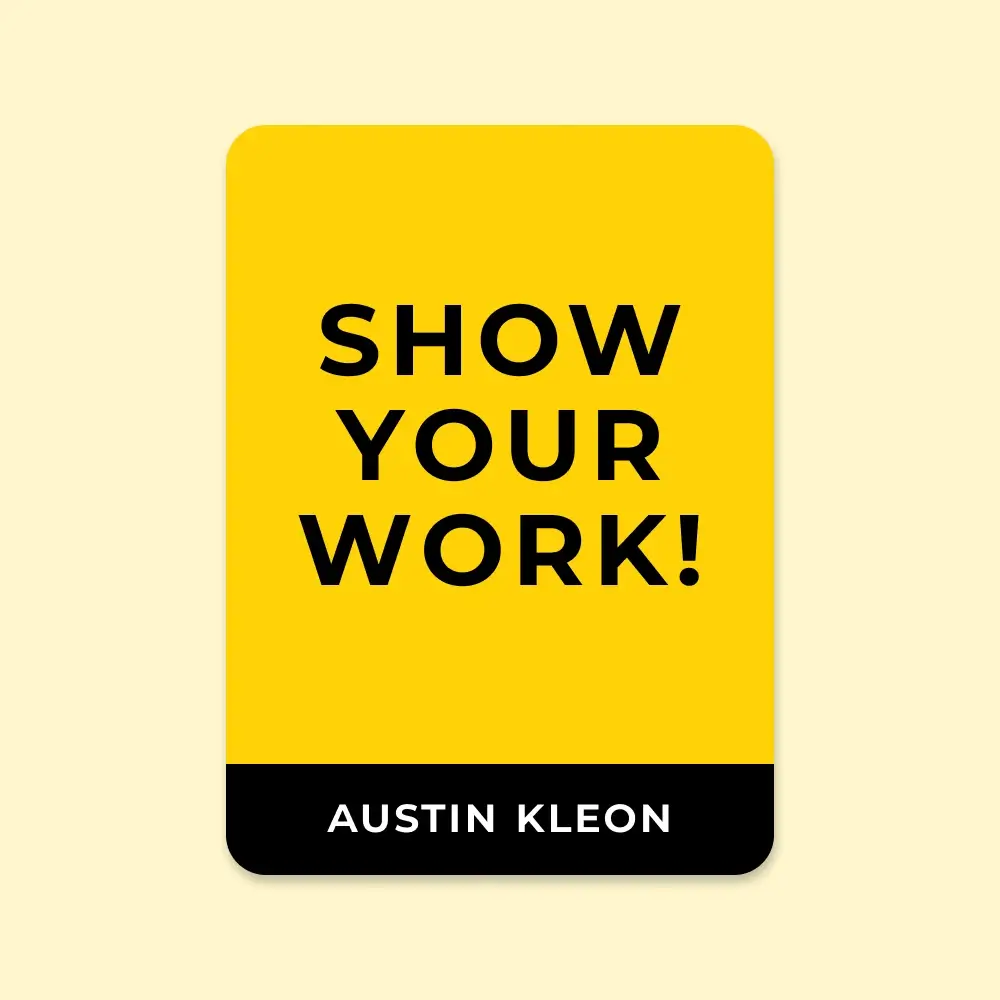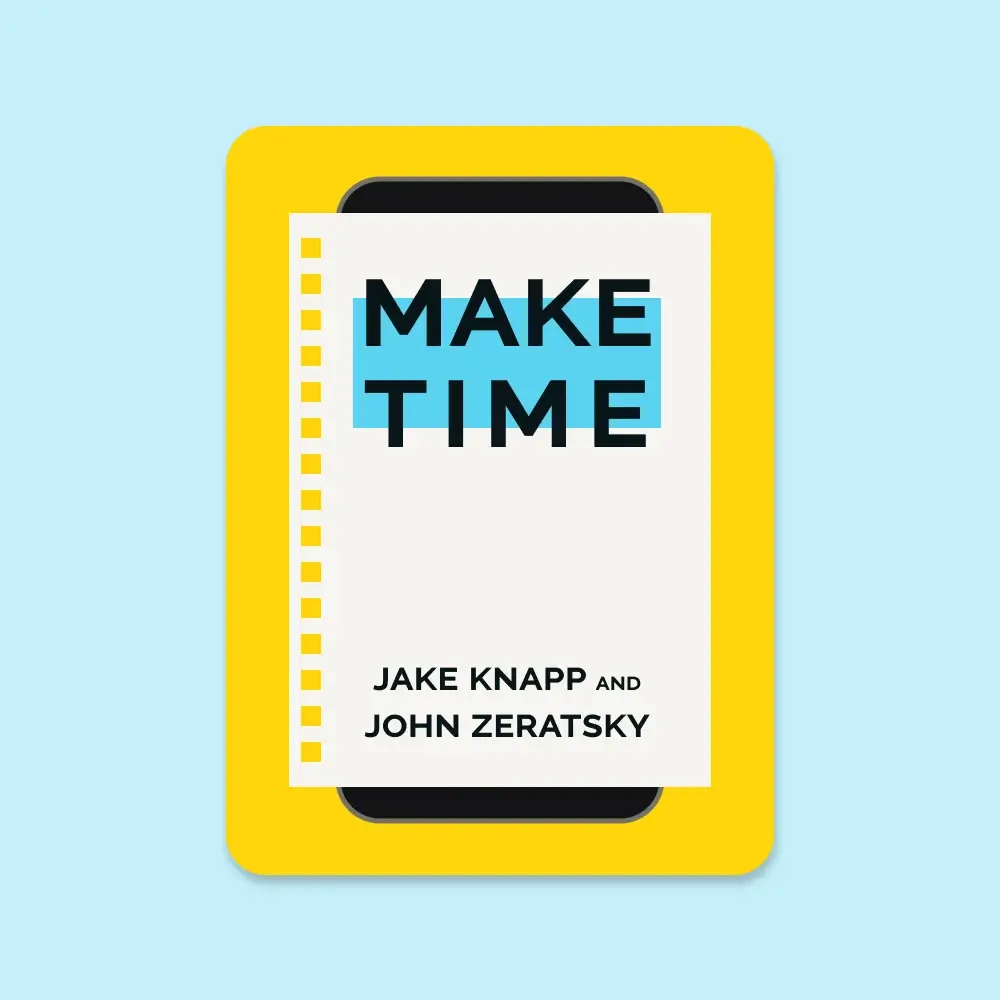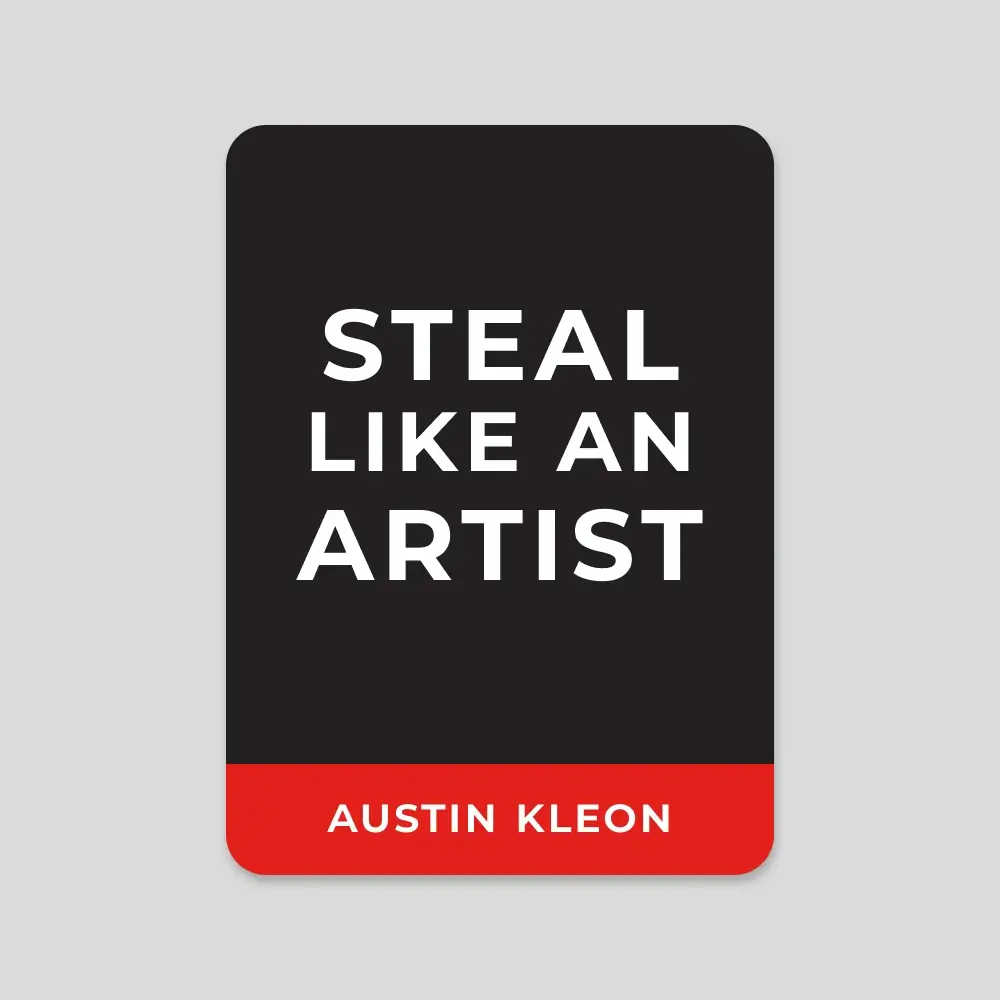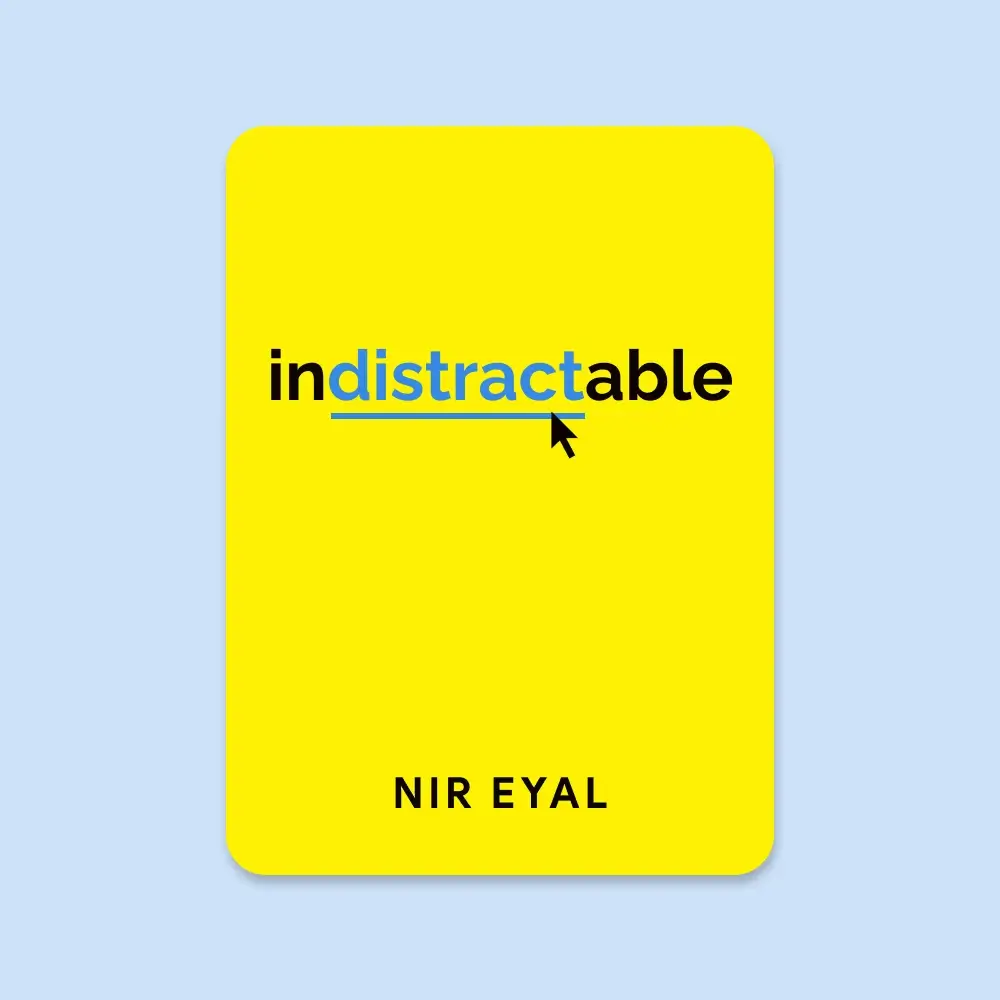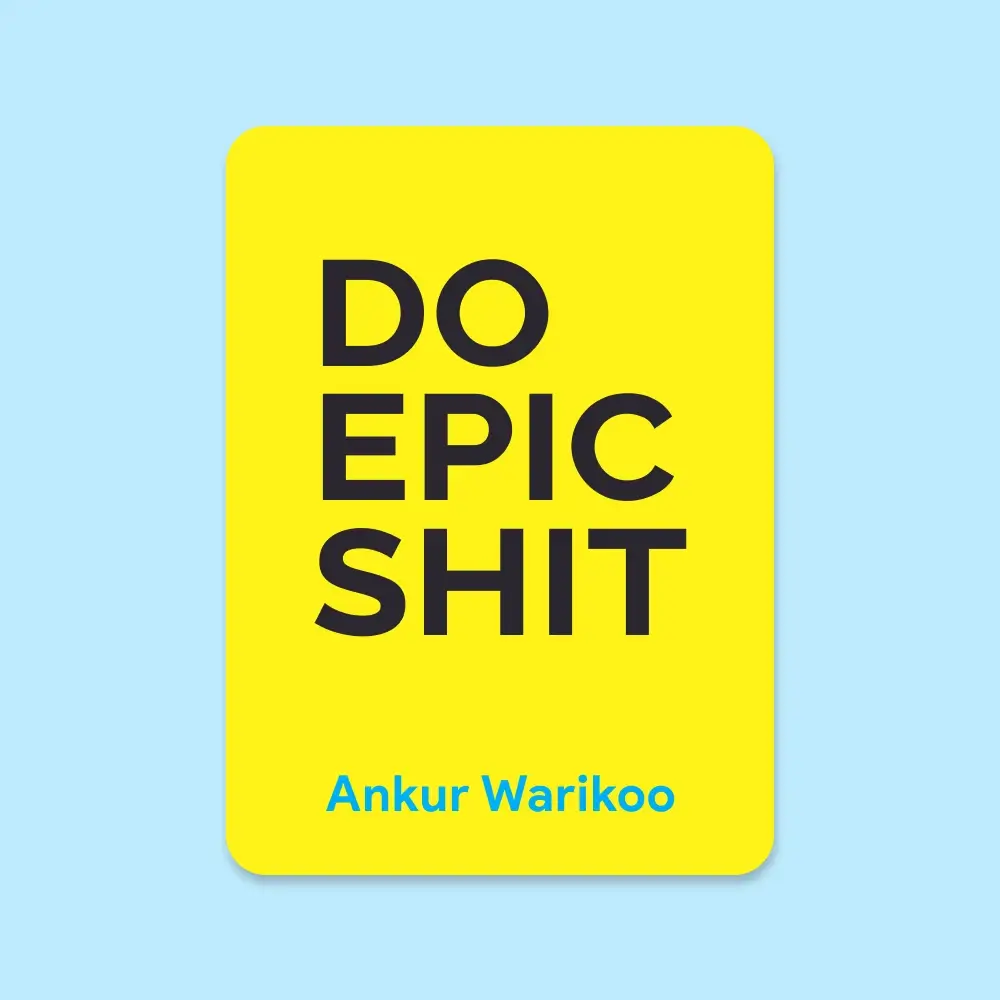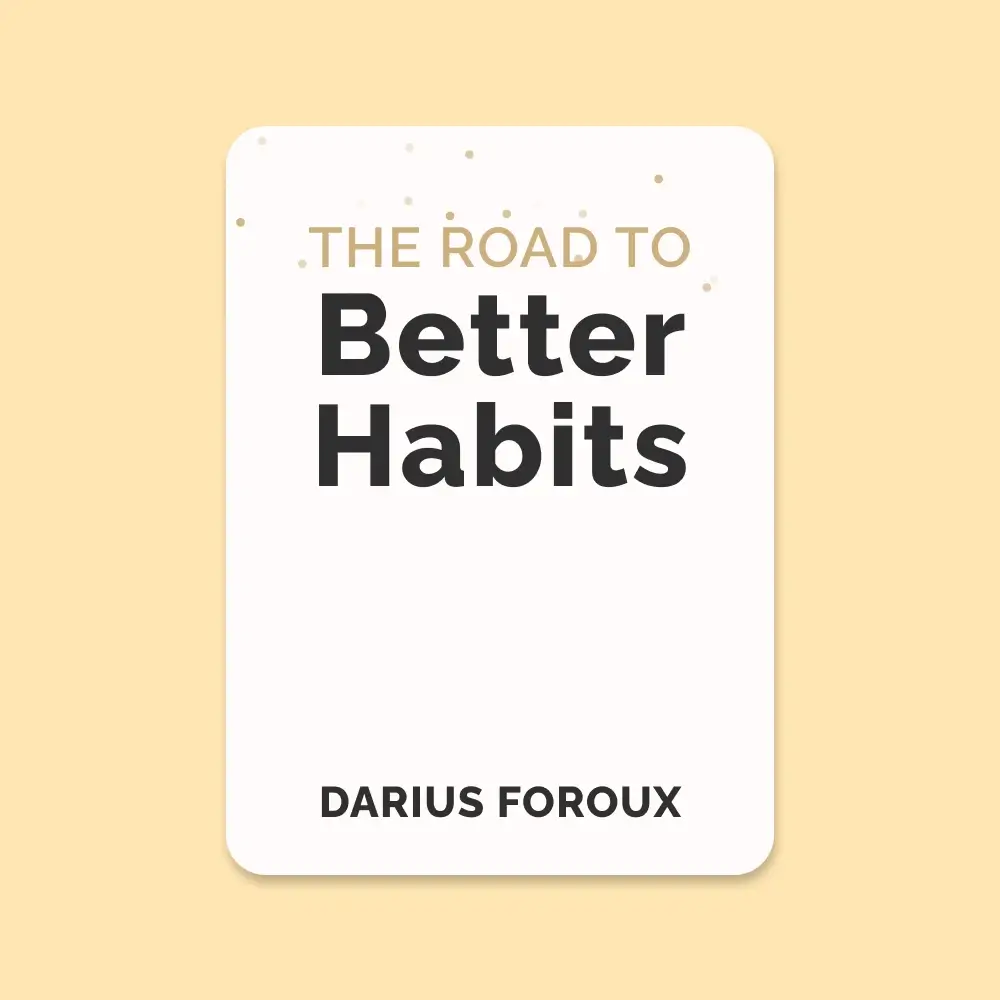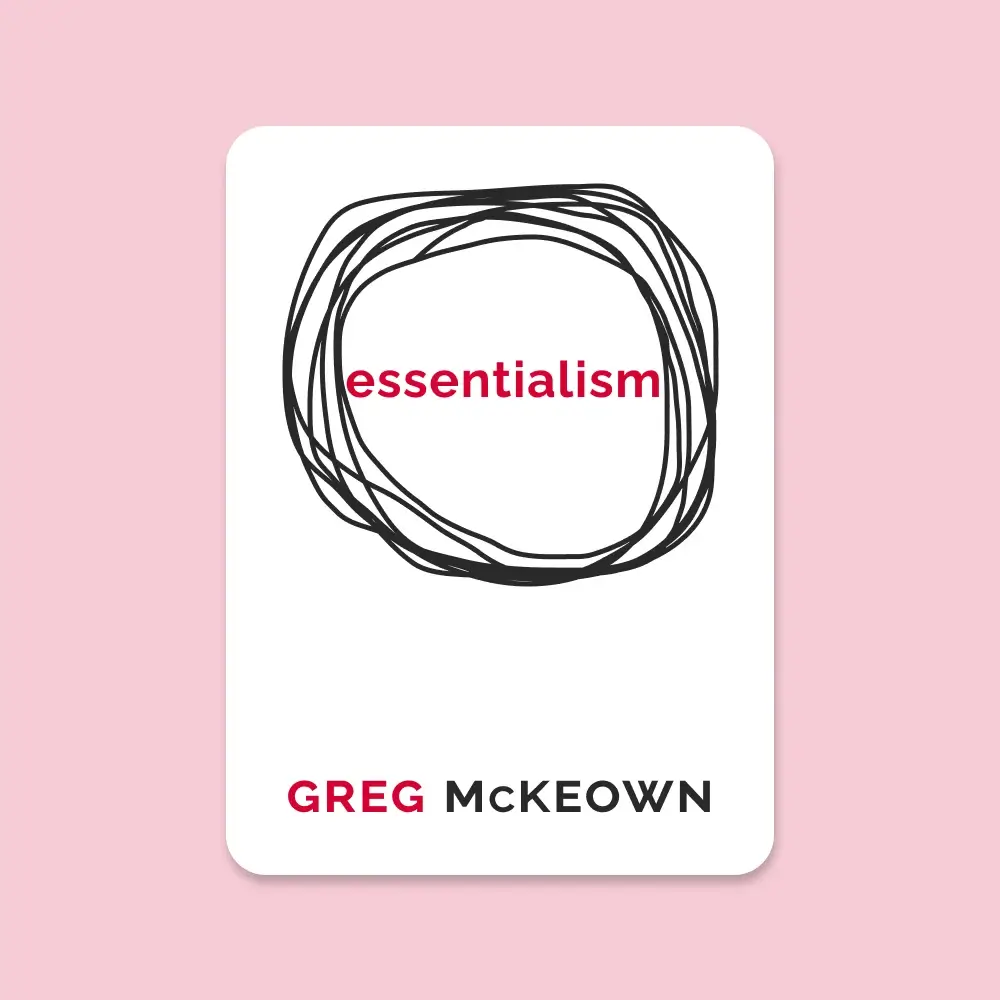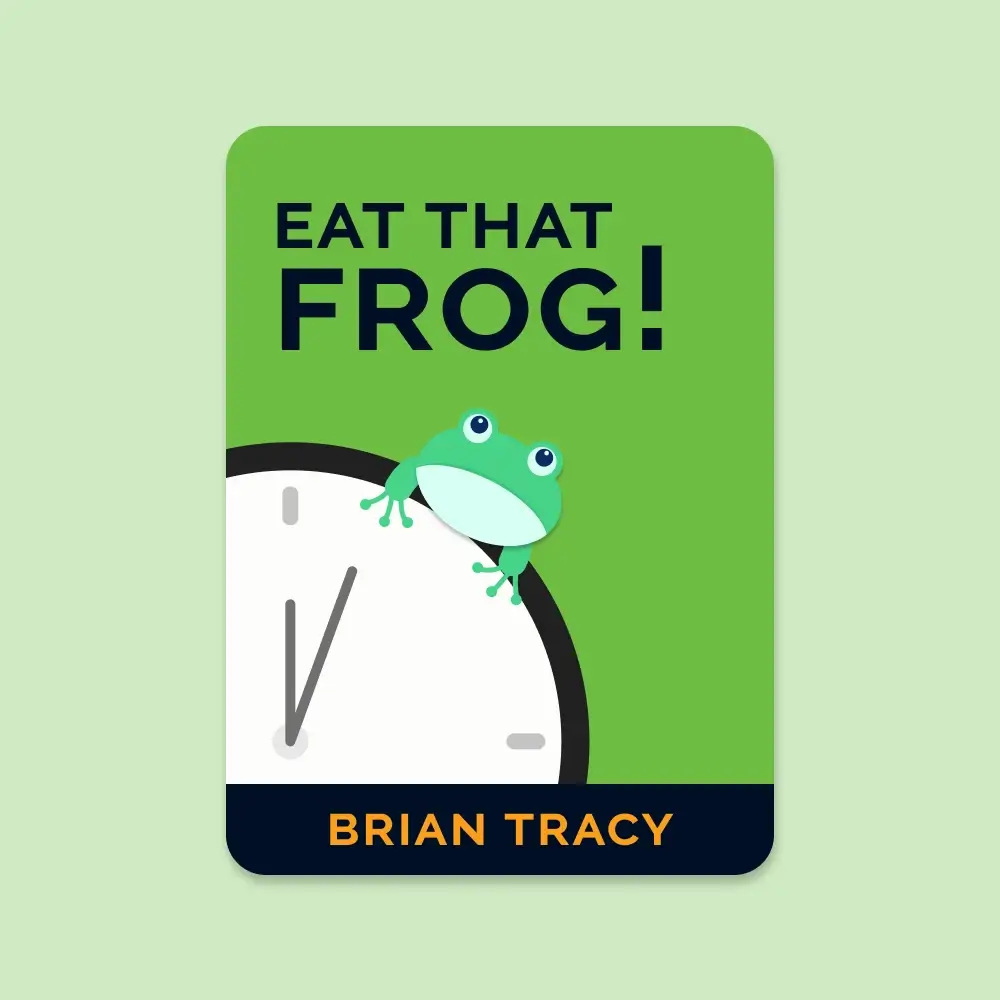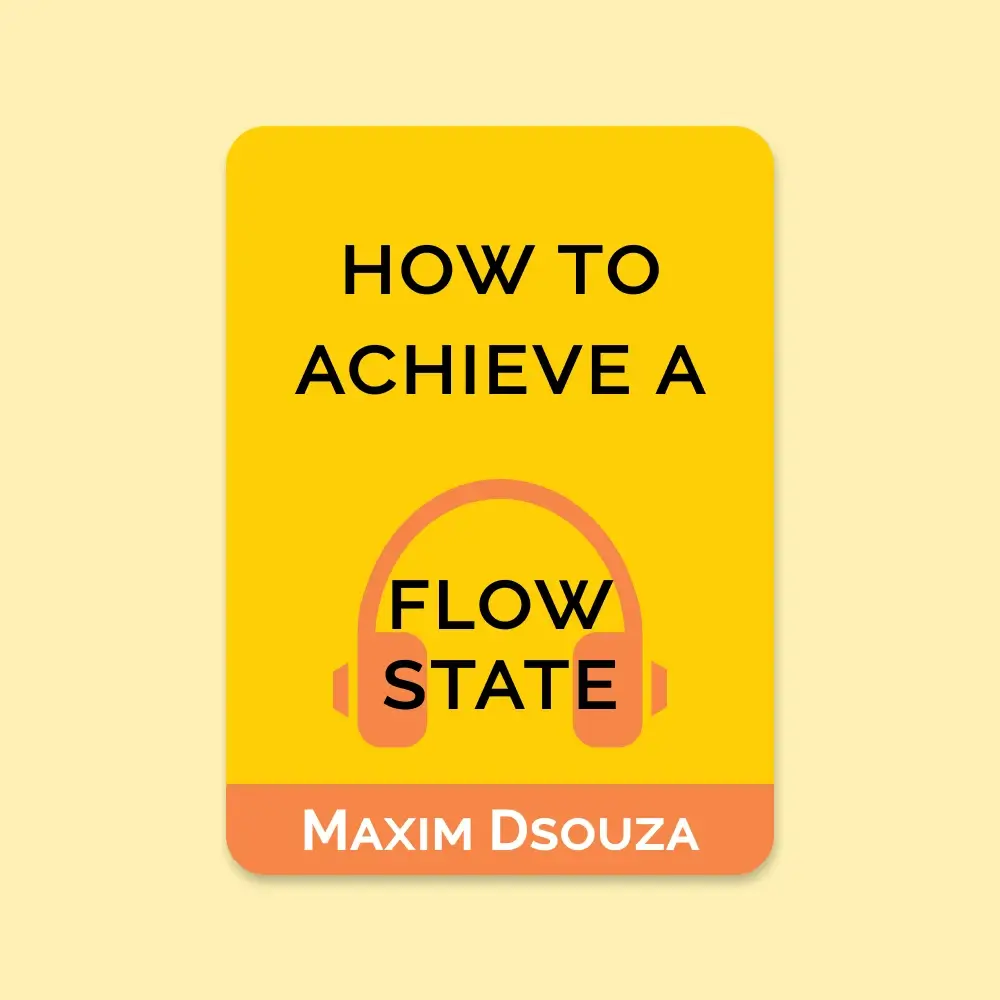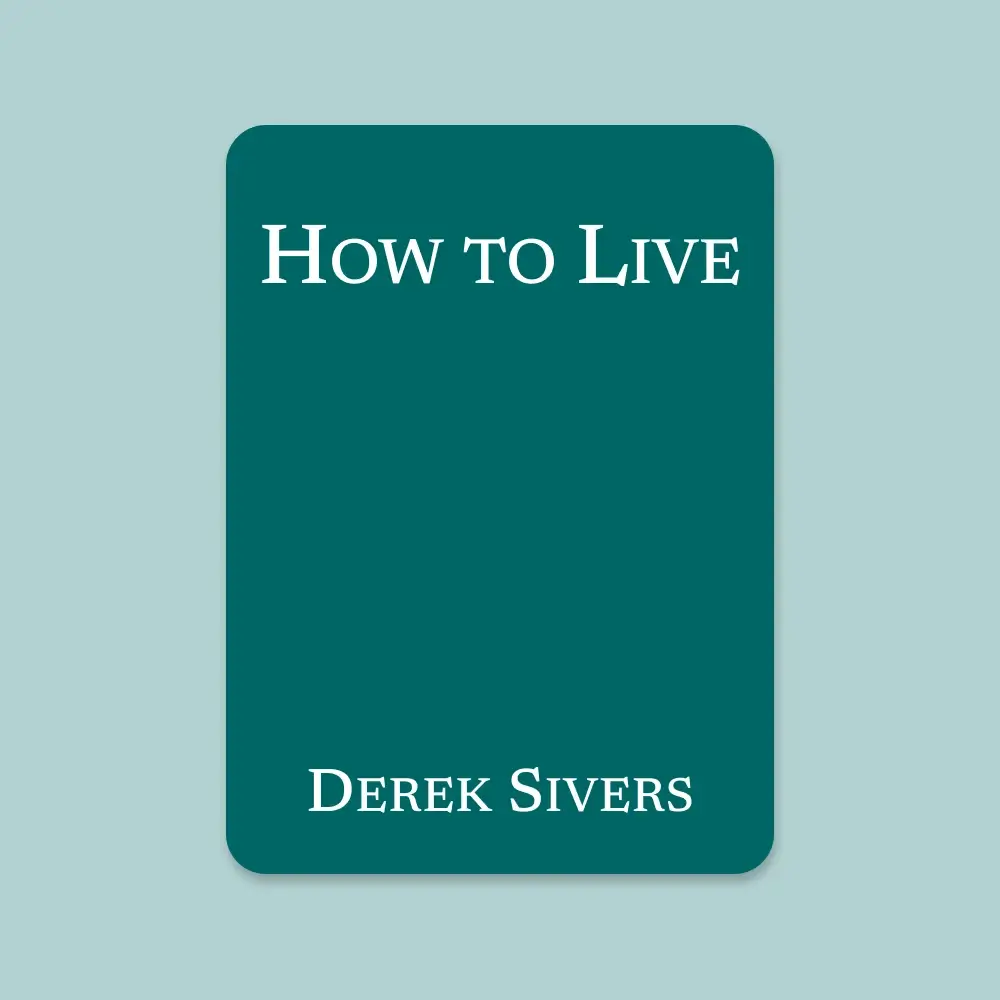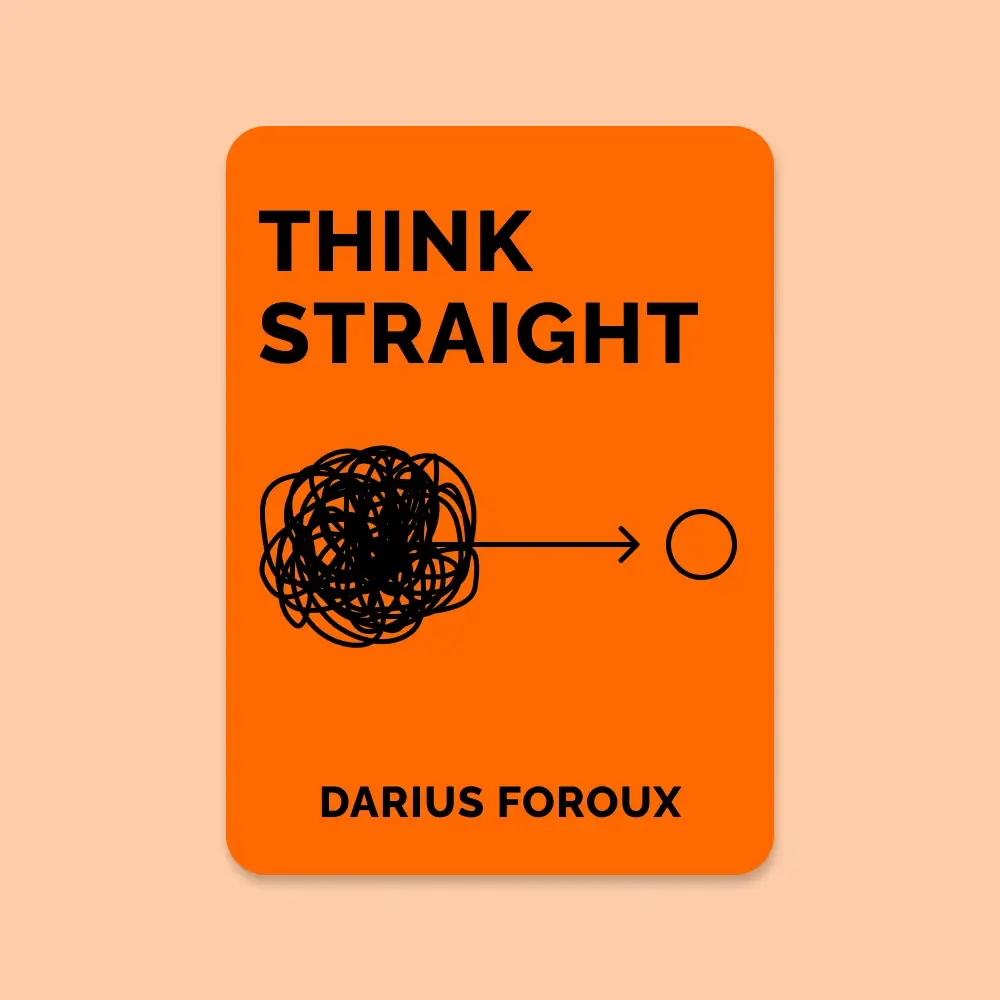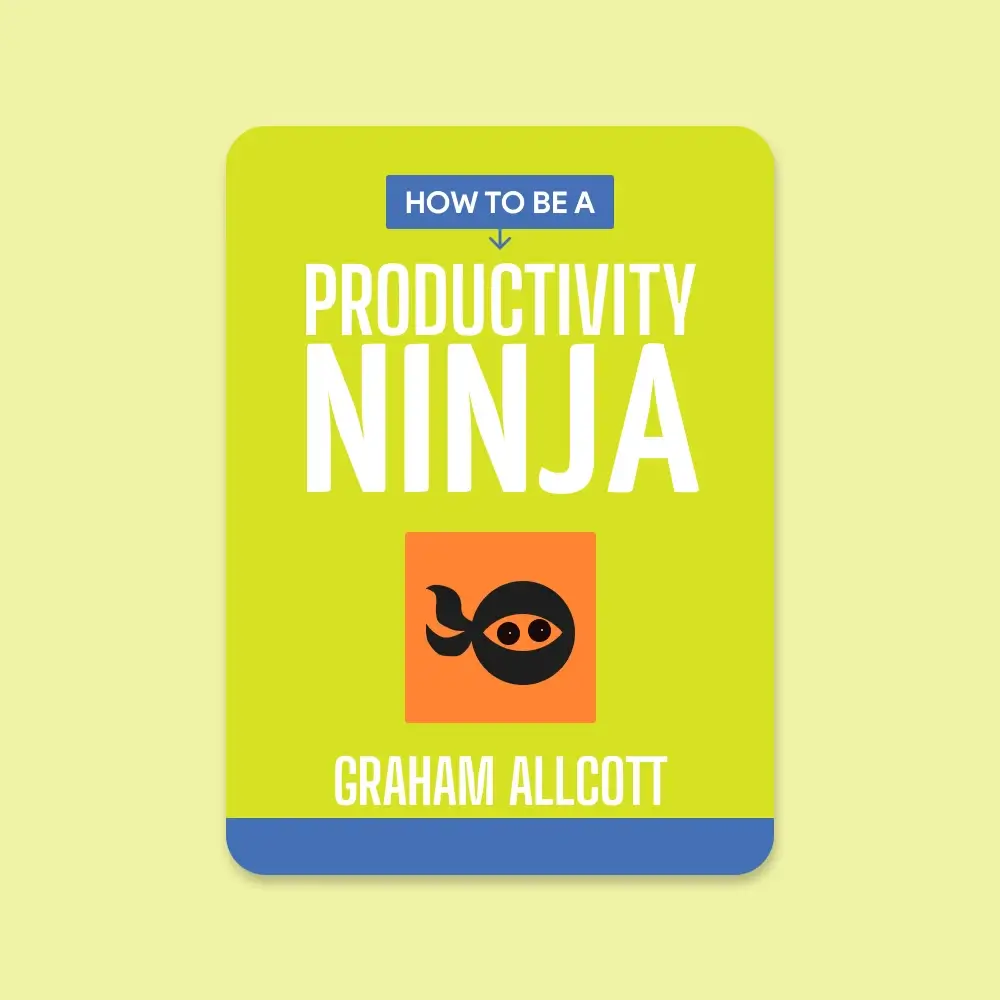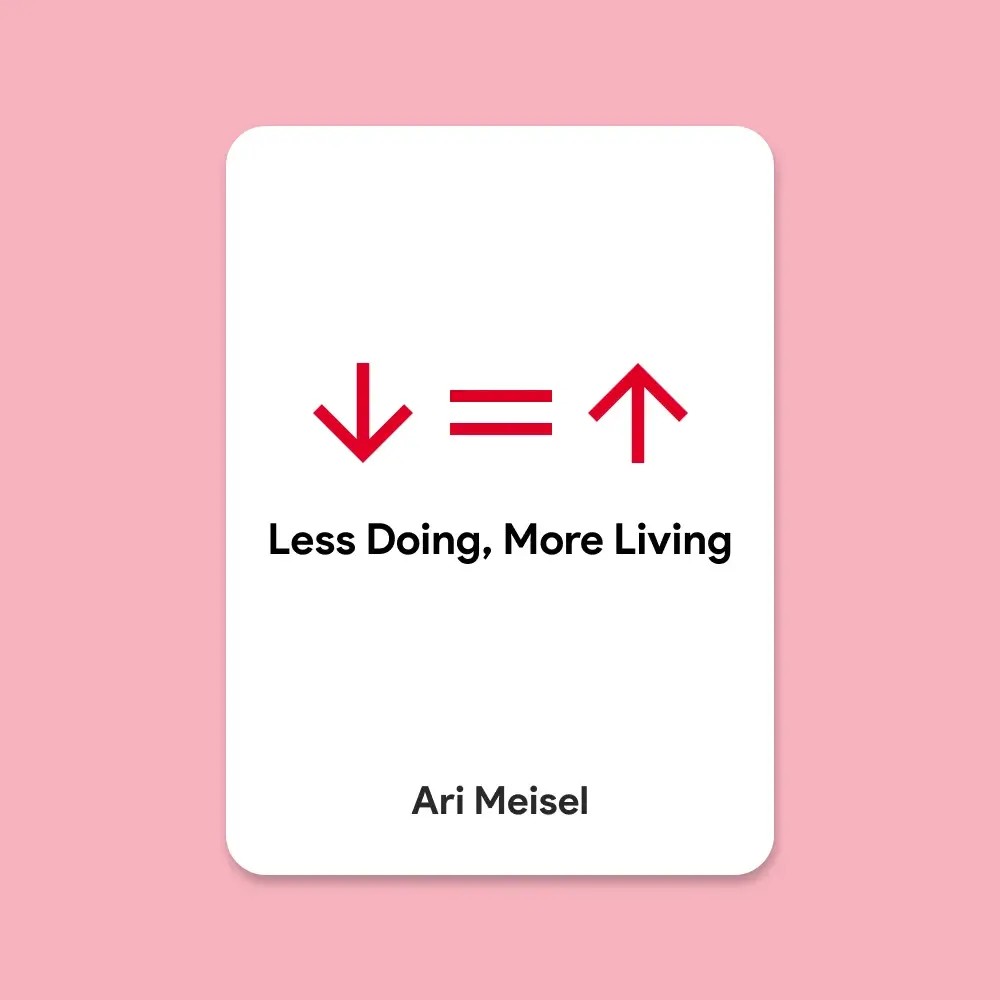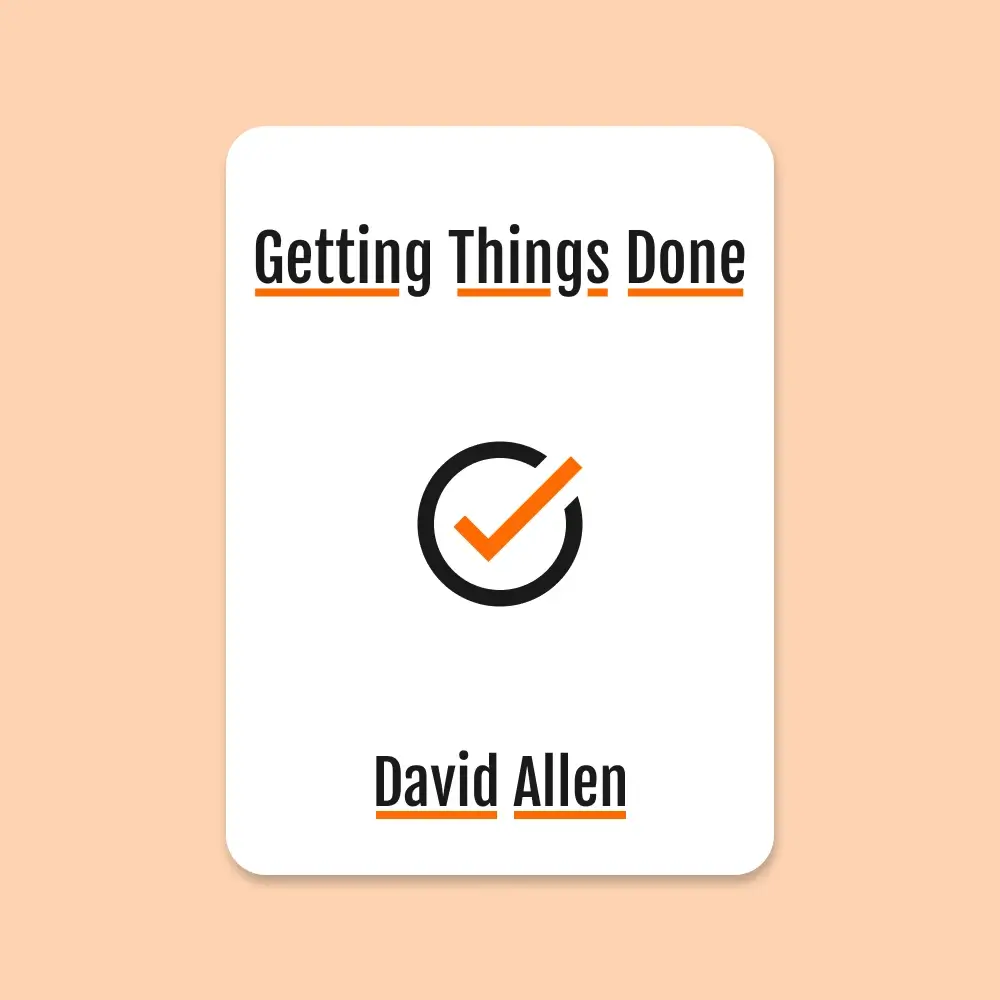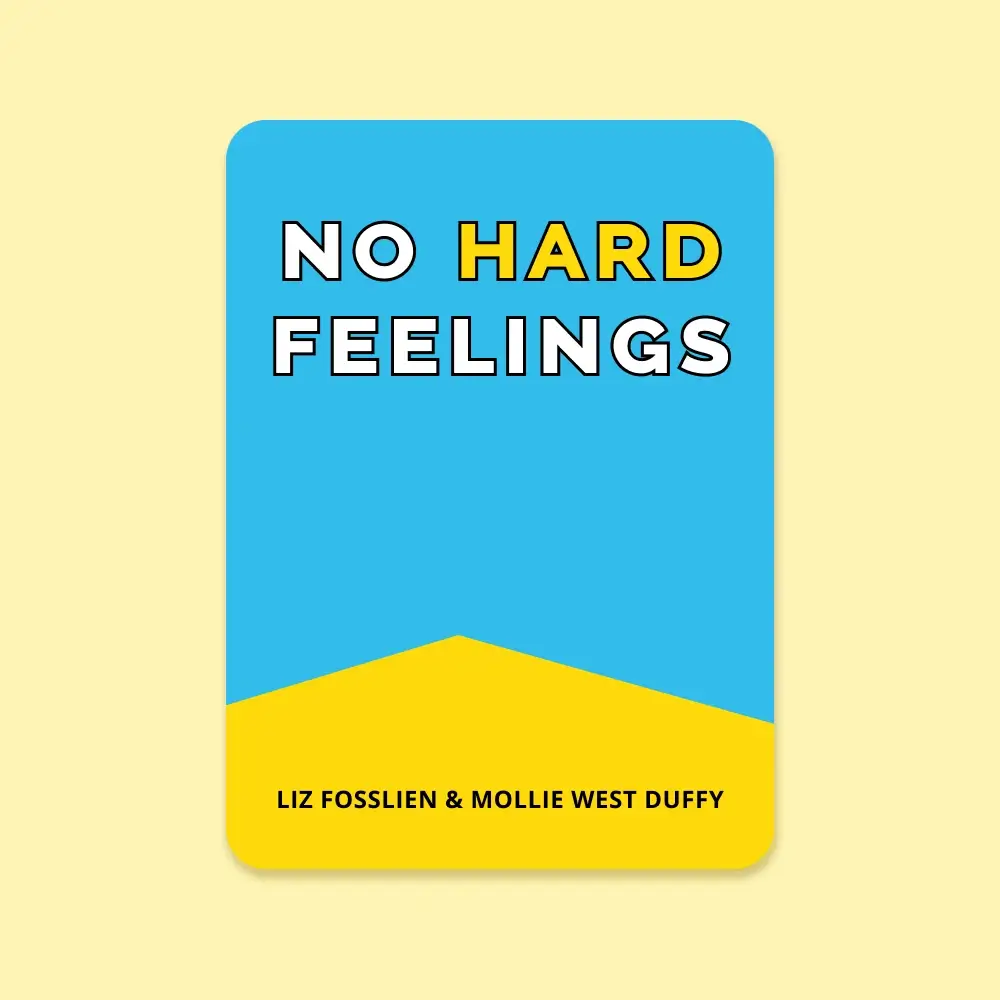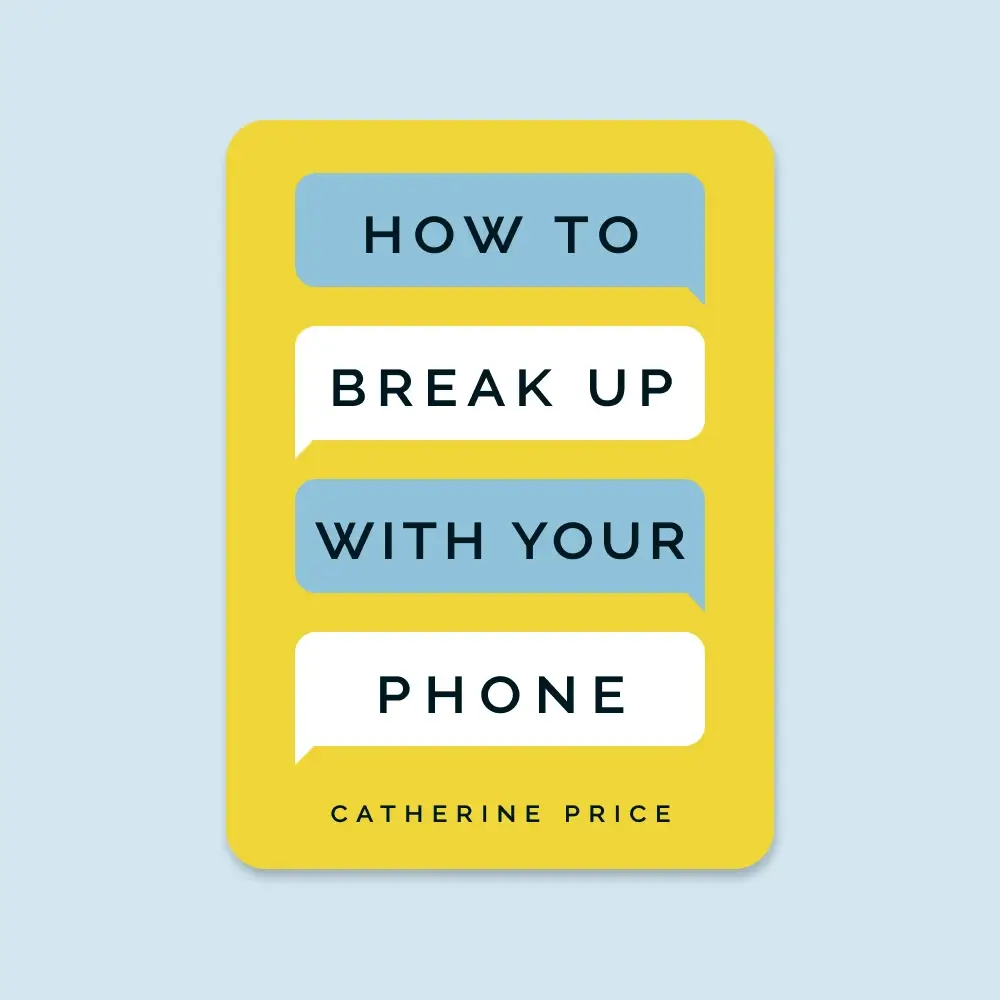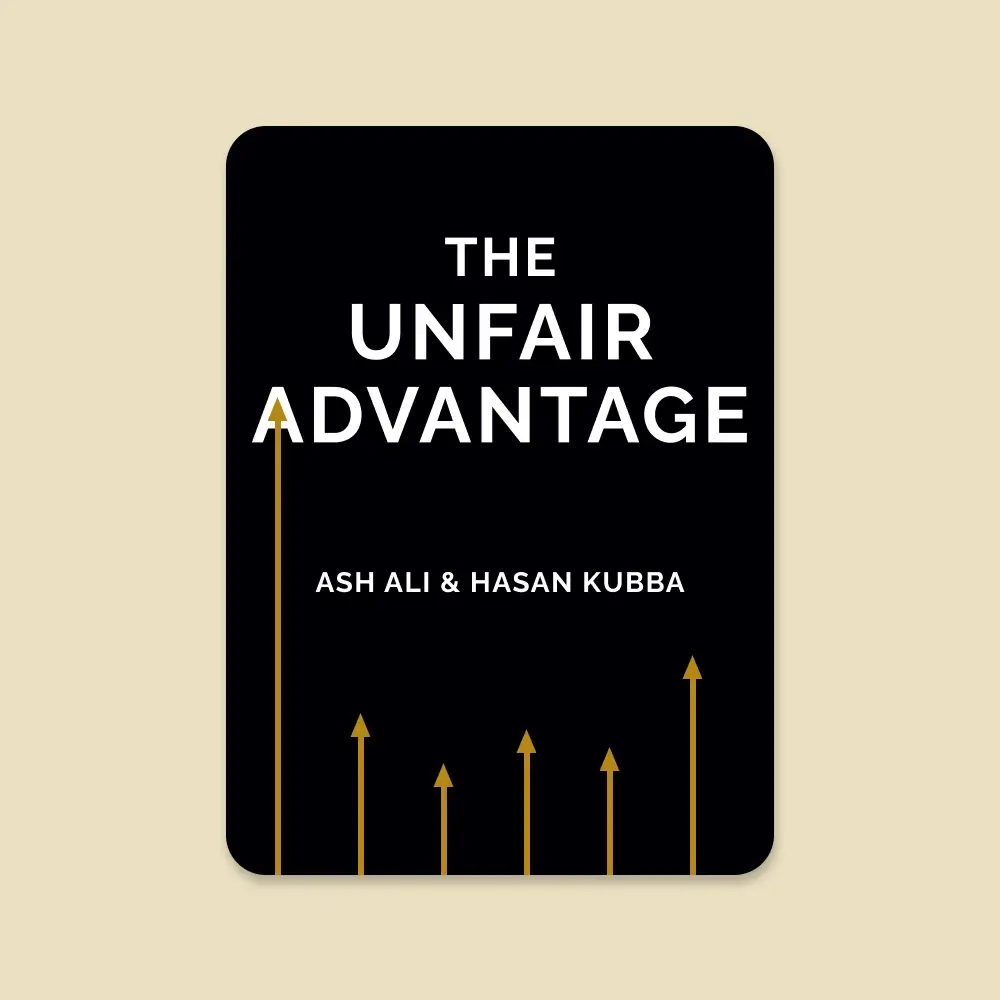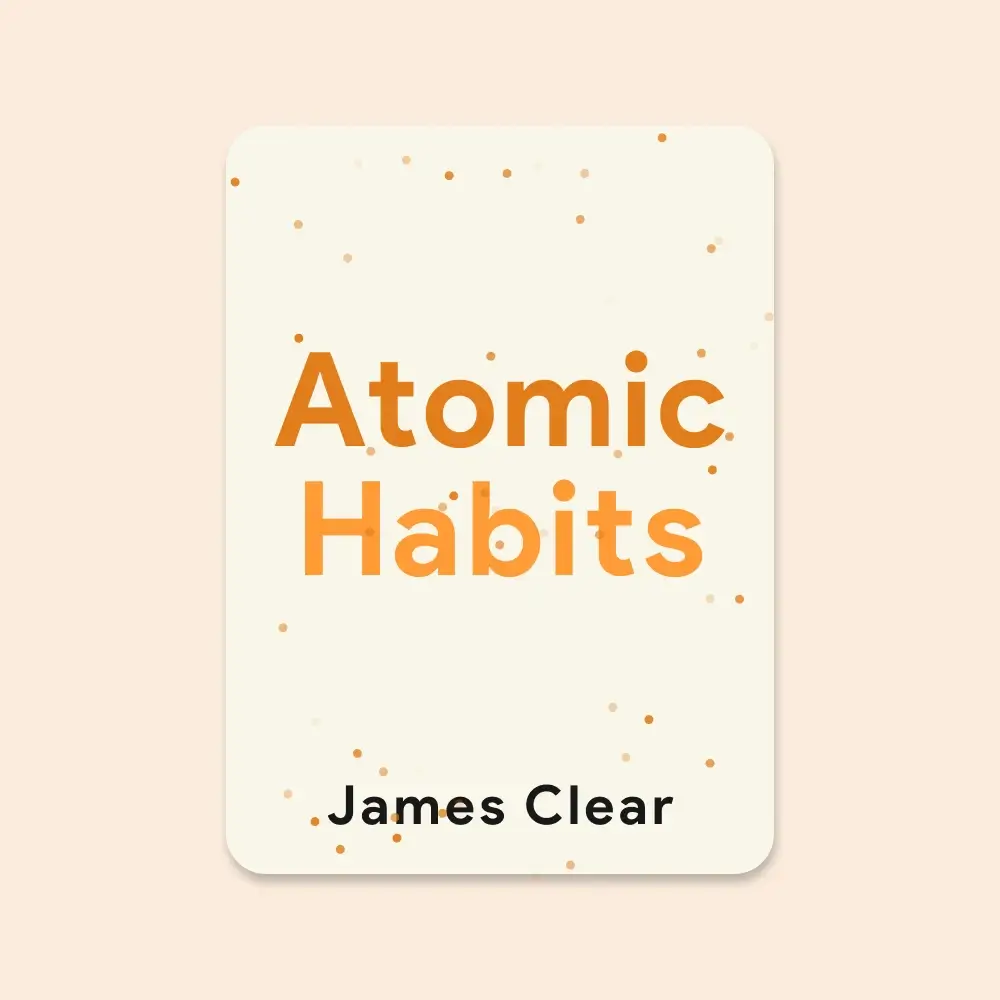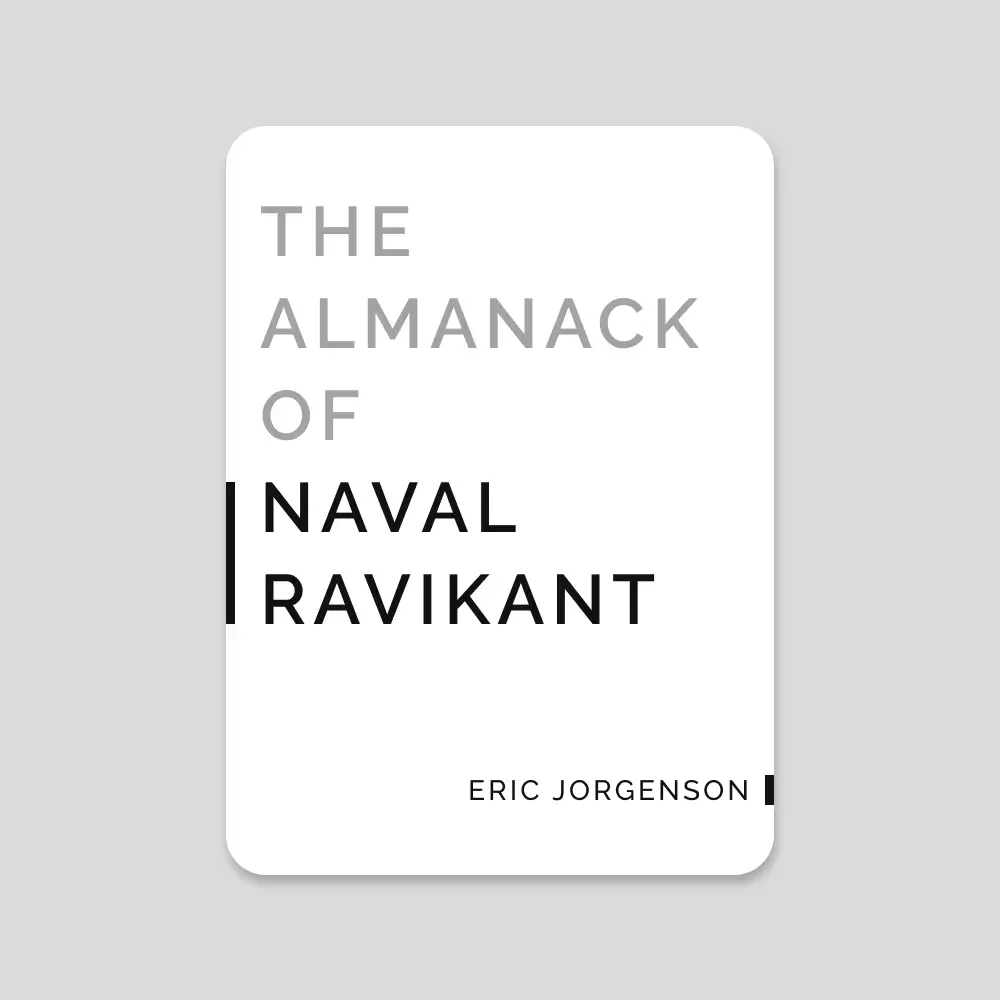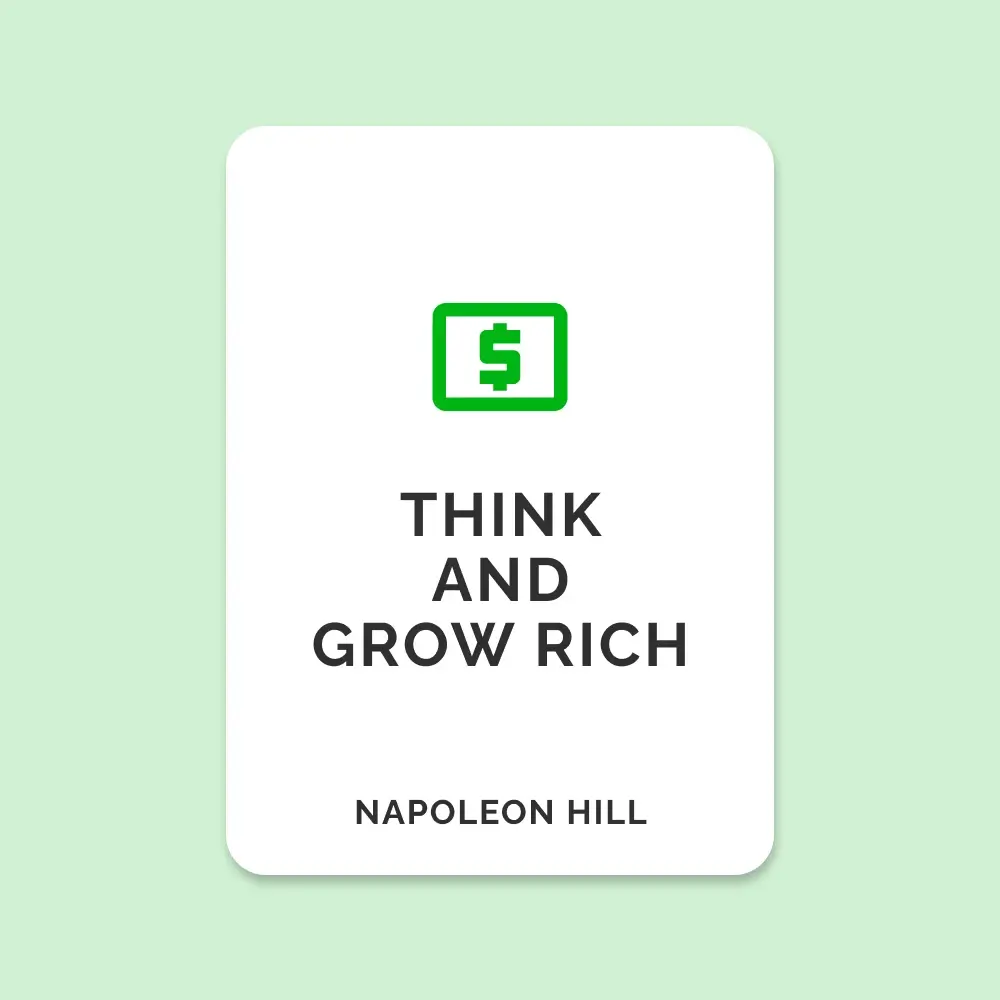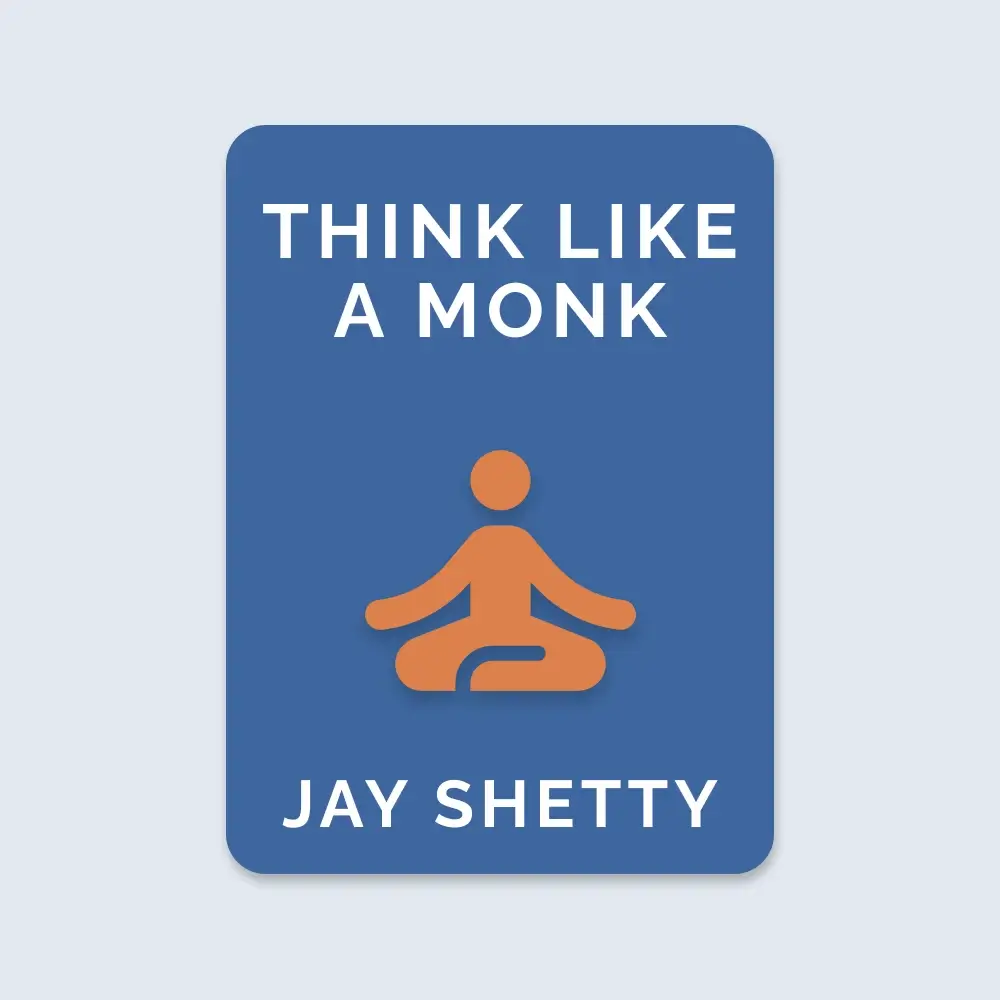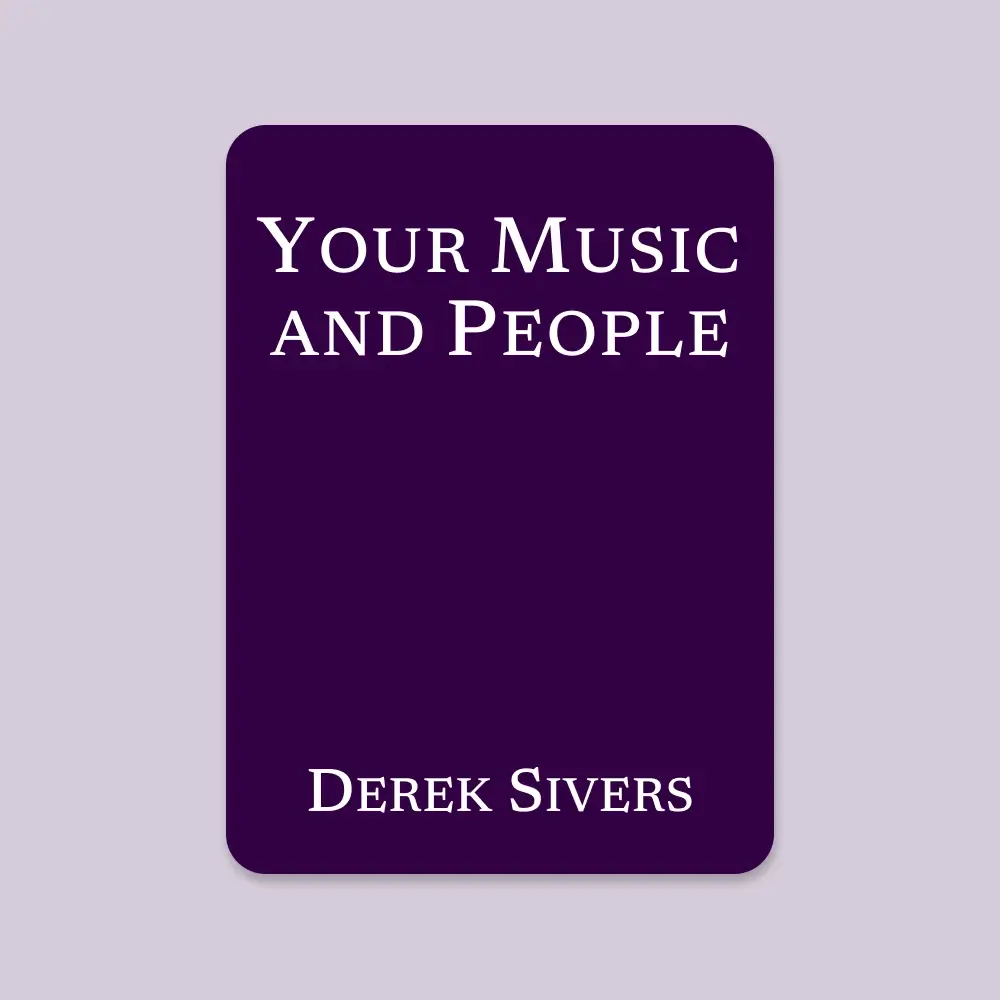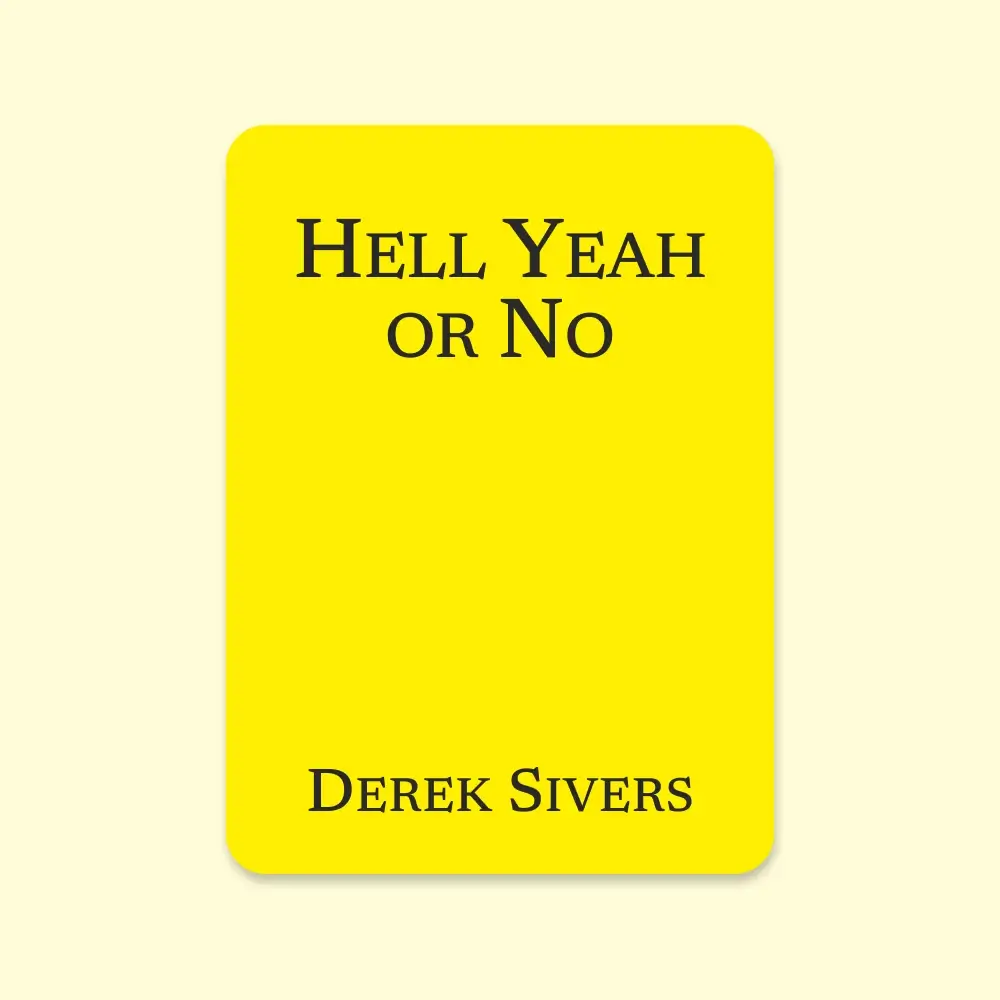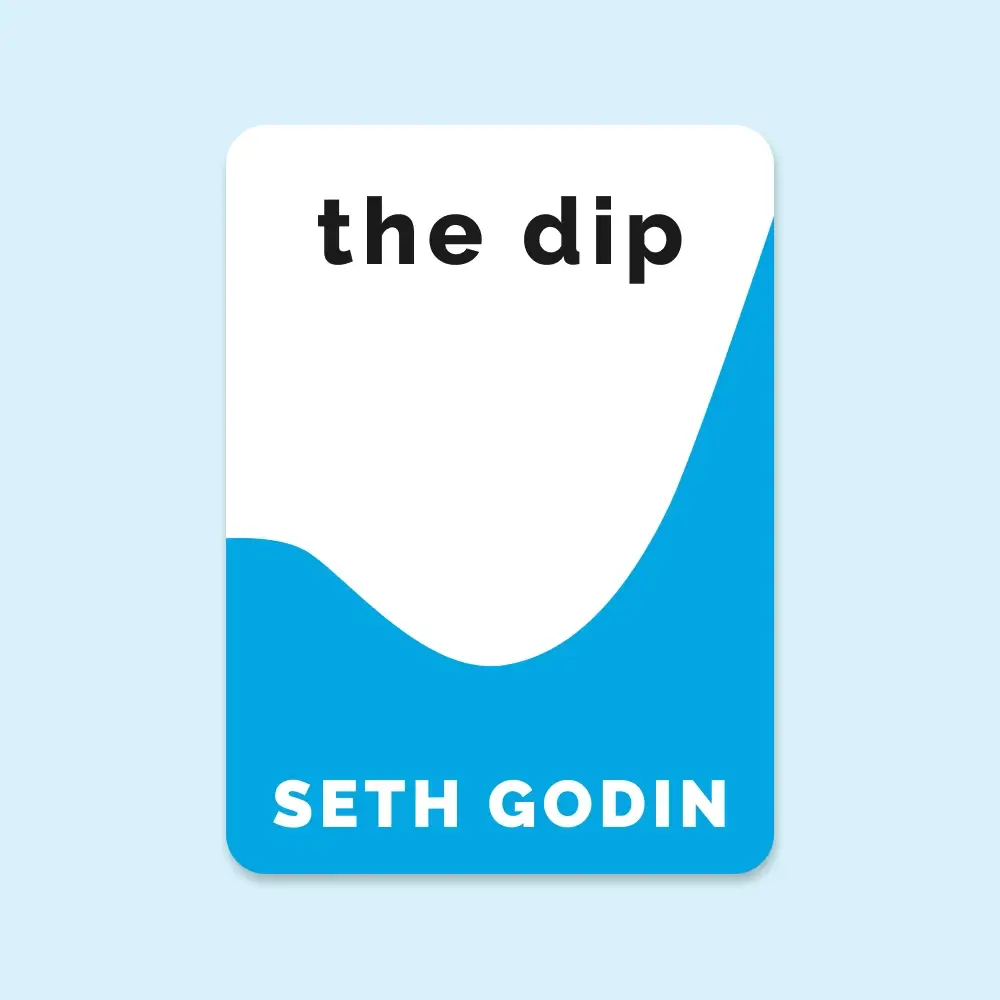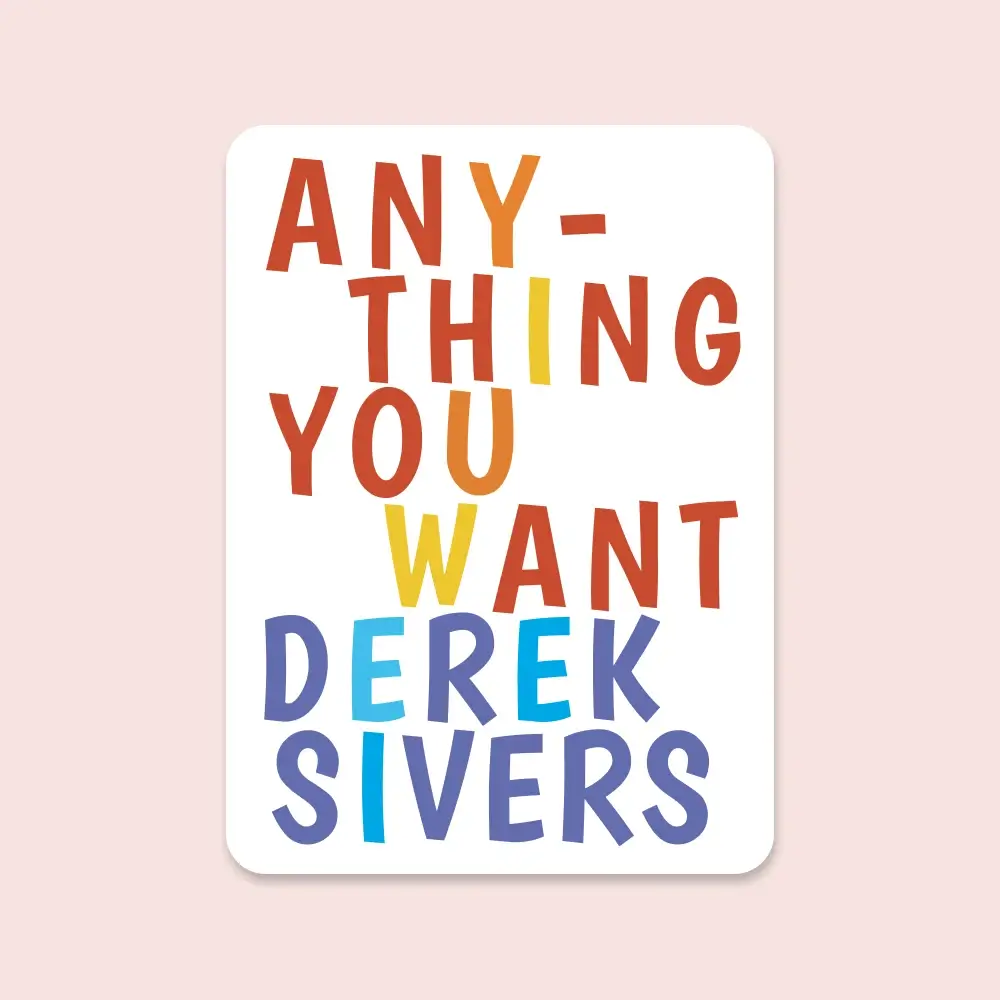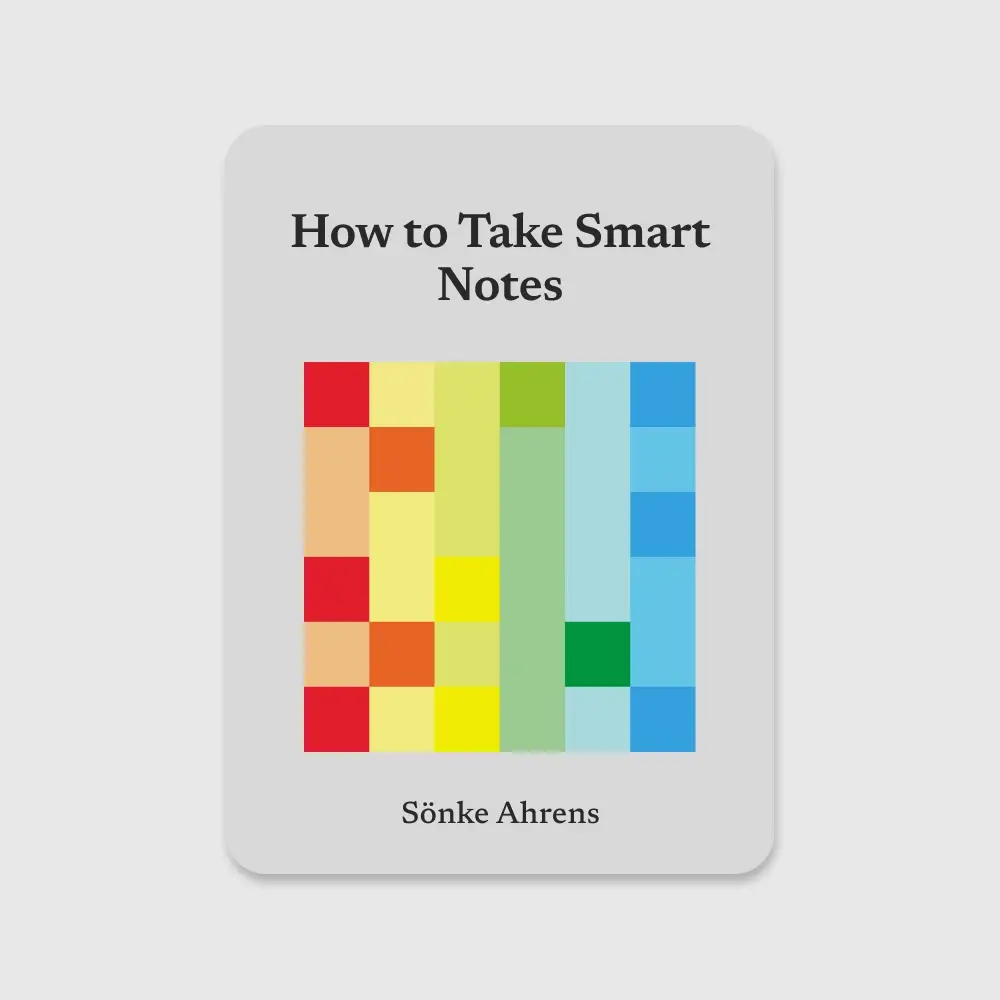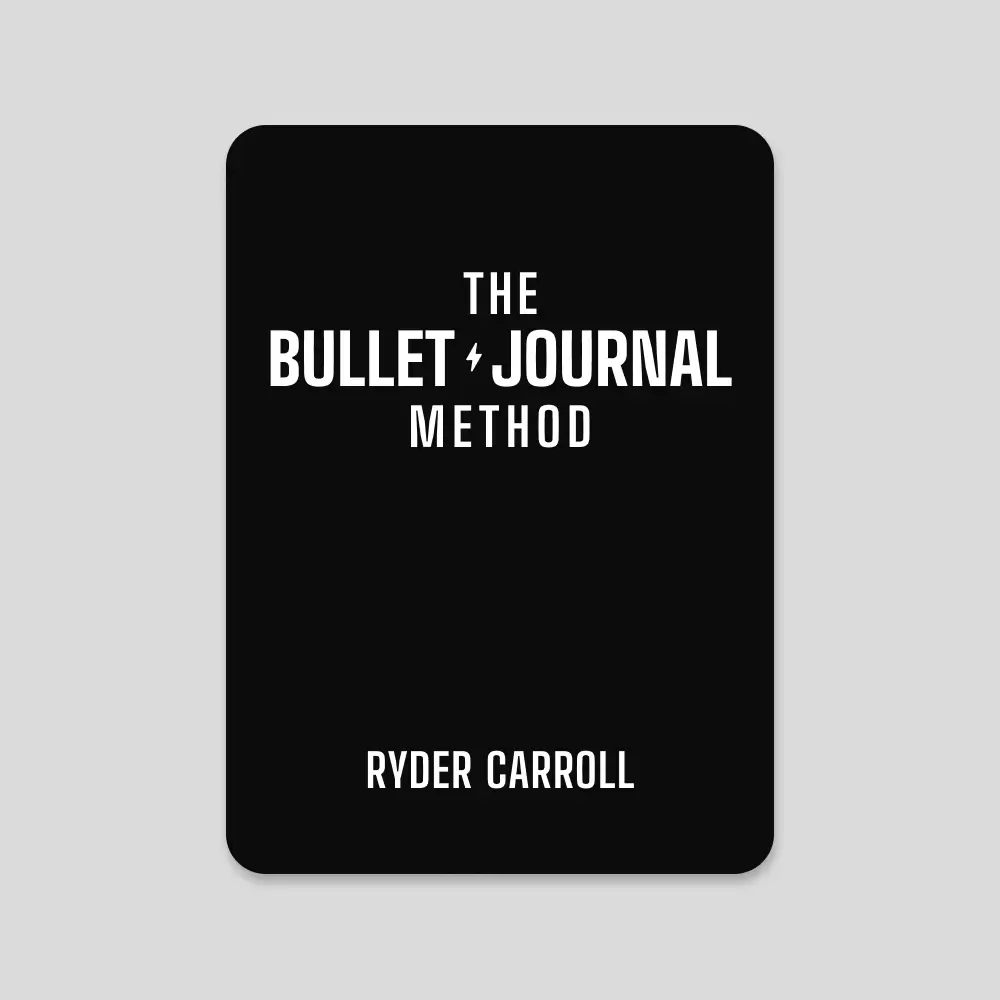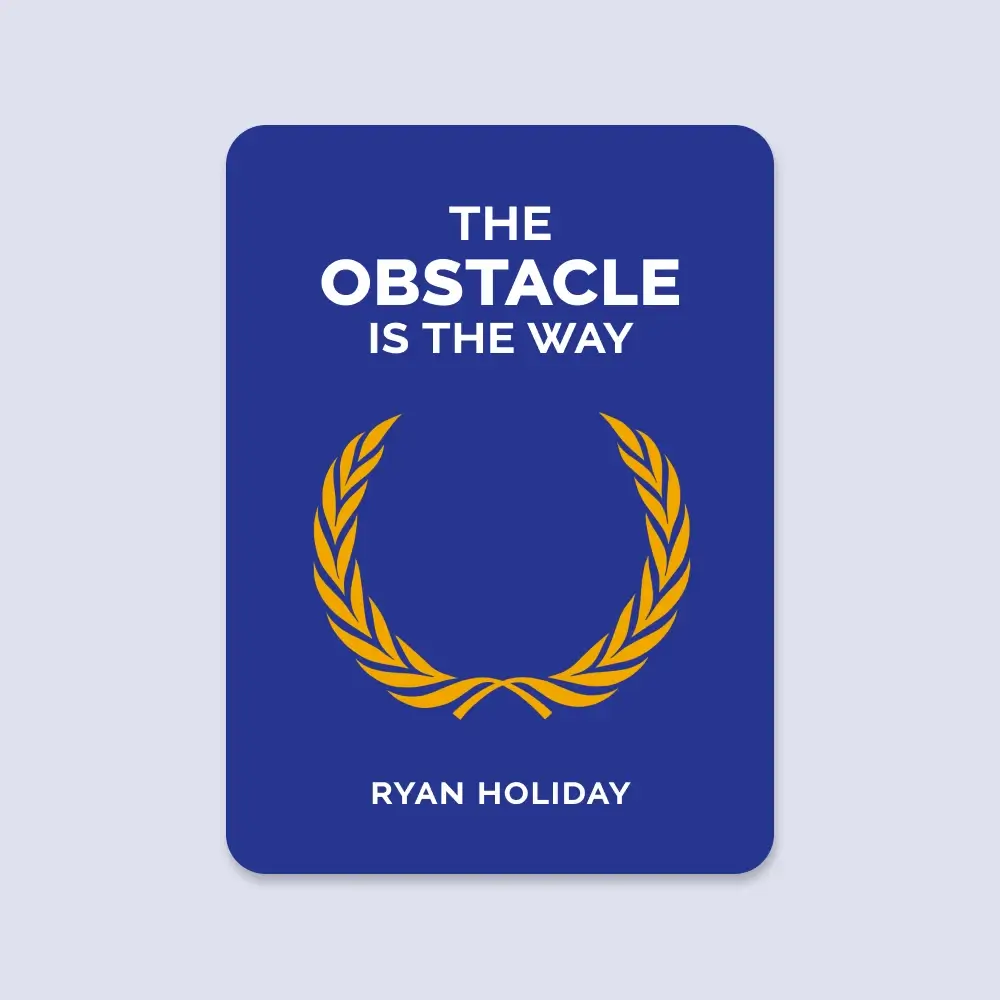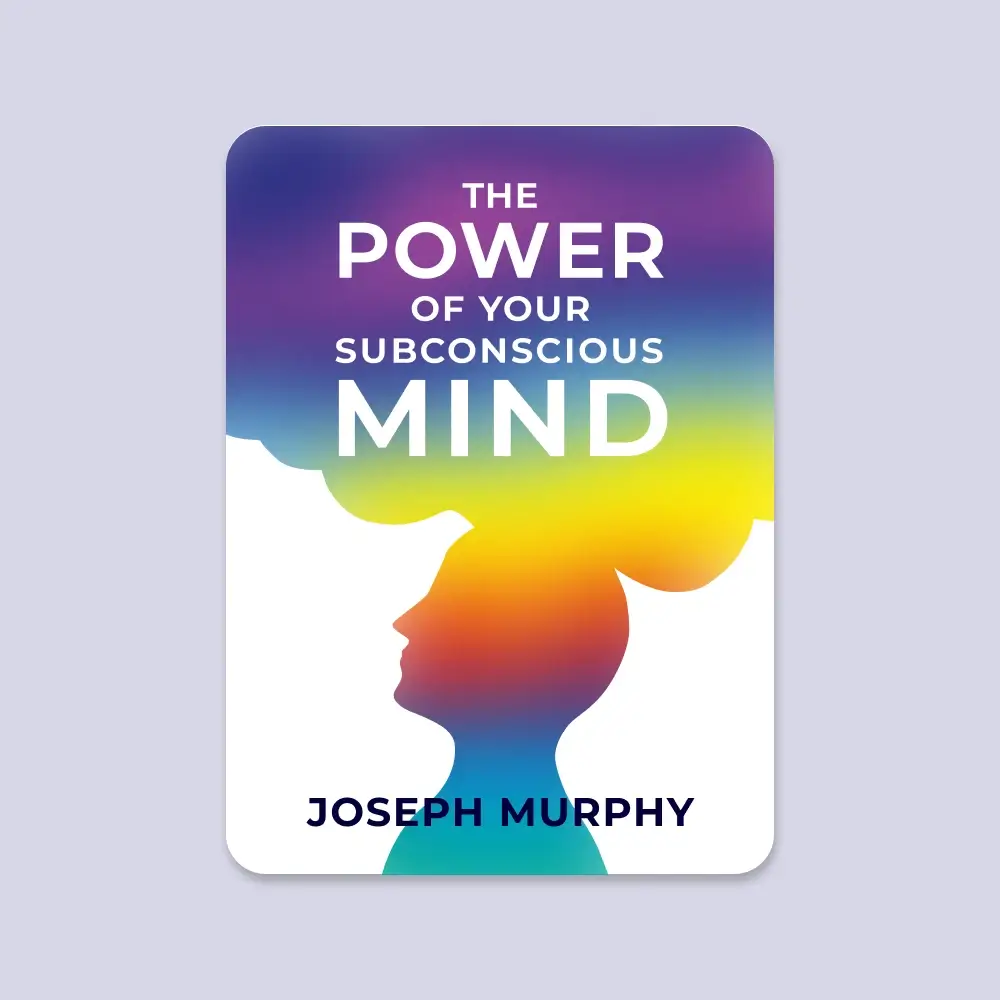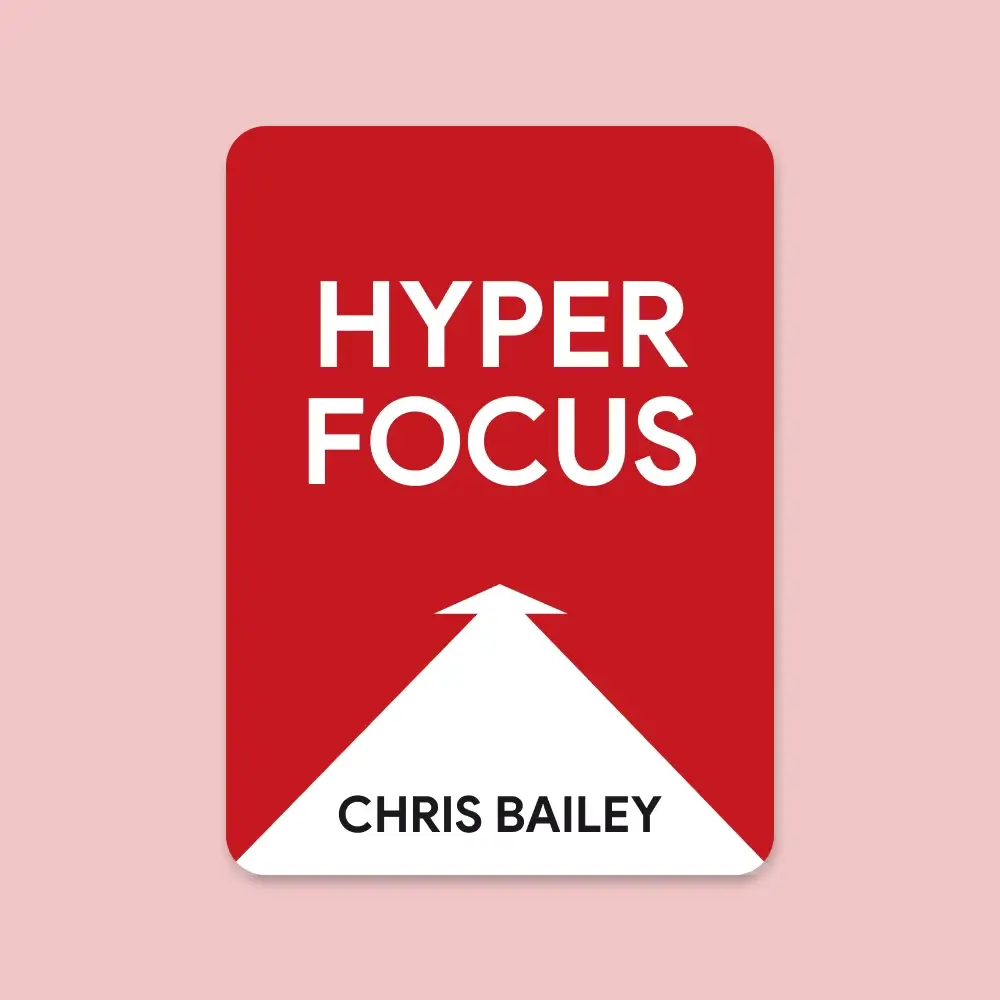
Hyperfocus
🎯 Attention Defines Us − We are what we pay attention to. Choosing and sustaining attention on important tasks is the most consequential decision each day.
🧠 Understanding Attentional Space −
- Our brain has limited attentional space for processing.
- Overloading it leads to chaos and poor productivity.
- Awareness of mind-wandering boosts performance.
🚀 Hyperfocus Framework −
- Choose a meaningful task.
- Eliminate distractions beforehand.
- Focus intensely on one thing.
- Keep bringing focus back when it strays.
📋 Intention Before Attention −
- Set specific intentions before beginning any work.
- Use the Rule of 3: define three key tasks daily.
- Consider long-term consequences when choosing tasks.
🔒 Creating Distraction-Free Mode −
- Remove digital temptations ahead of time.
- Use apps, airplane mode, or even a second device for distractions.
- Simplify your physical and digital environments.
✉️ Managing Email and Meetings −
- Predecide email checking times.
- Attend meetings only with a clear agenda.
- Hyperfocus during meetings for efficiency.
🧹 Mental and Physical Cleanups −
- Capture open loops (tasks, worries) to clear mental clutter.
- Eliminate environmental distractions to maintain clarity.
🛌 Recharge Your Brain −
- Boredom can boost creativity; embrace it.
- Short breaks and minimizing stimulation improve focus.
- Physical activity and proper sleep enhance attentional space.
🧘 Mindfulness and Meditation −
- Mindfulness grows attentional space.
- Meditation improves focus duration and reduces mind-wandering.
🗣️ Deep Conversations = Deep Attention −
- Fully listen before thinking about your response.
- Attention deepens relationships and fulfillment.
🌟 Scatterfocus: The Creative Mode −
- Let your mind wander intentionally to spark new ideas.
- Useful during low-energy periods.
- Methods: step back, leave tasks unfinished, sleep on problems.
📚 Consume Valuable Information −
- Curate what you consume to gather high-quality “dots” for creative connections.
- Books provide condensed lifetime learnings.
- Regularly reassess what grabs your attention.
😊 Mood and Attention −
- Positive mood expands attentional space; negativity shrinks it.
- Alcohol aids scatterfocus, caffeine aids hyperfocus—but balance is key.
🧩 Final Wisdom − Attention is the most crucial ingredient for a good, productive life.
“Not all those who wander are lost.” —J.R.R. Tolkien
-
A tactic I find helpful is to view the descriptions of books, TV shows, podcasts, and everything else as “pitches” for your time and attention.
-
Directing your attention toward the most important object of your choosing—and then sustaining that attention—is the most consequential decision we will make throughout the day. We are what we pay attention to.
-
There are two main criteria to consider when categorizing what to focus on: whether a task is productive (you accomplish a lot by doing it) and whether a task is attractive (fun to do) or unattractive (boring, frustrating, difficult, etc.).
Without selective interest, experience is utter chaos. —William James
-
There’s a finite limit to how many things we can focus on.
-
After focusing on something, we can hold only a small amount of information in our short-term memory.
-
“Attentional space” is the term I use to describe the amount of mental capacity we have available to focus on and process things in the moment. Our attentional space is what we’re aware of at any given time—it’s the scratch pad or clipboard in our brain that we use to temporarily store information as it’s being processed. Attentional space allows us to hold, manipulate, and connect information simultaneously, and on the fly.
-
We perform significantly better on every task when we’re aware that our mind is wandering.
-
Fitting the right amount and type of tasks into attentional space is both an art and an investment in productivity. The costs of overloading our attention can be pretty severe.
-
Productivity means accomplishing what we intend to.
-
Productivity is not about cramming more into our days but about doing the right thing in each moment.
-
There is nothing inherently wrong with multitasking. It’s entirely possible to multitask, especially when it comes to the habitual tasks in our work and life. But it’s important to make a distinction between shifting our attention and multitasking.
-
It’s not possible for us to seamlessly switch attention from one task to another. Leroy coined the term “attention residue” to describe the fragments of the previous task that remain in our attentional space after we shift to another activity.
-
When we continually switch between tasks, our work takes 50 percent longer, compared with doing one task from start to completion.
-
When you hyperfocus on a task, you expand one task, project, or other object of attention, so it fills your attentional space completely.
-
Allowing one task or project to consume your full attentional space means this state doesn’t make you feel stressed or overwhelmed. Your attentional space doesn’t overflow, and your work doesn’t feel nearly as chaotic. Since hyperfocus is so much more productive, you can slow down a bit and still accomplish an incredible amount in a short period of time.
-
When it comes to your most important tasks, the fewer things you pay attention to, the more productive you become.
-
The most important aspect of hyperfocus is that only one productive or meaningful task consumes your attentional space.
-
One of the best ways to get more done—and done faster—is by preventing yourself from focusing on things that aren’t important.
- The four stages of hyperfocus are modeled on this framework. To hyperfocus, you must
- Choose a productive or meaningful object of attention.
- Eliminate as many external and internal distractions as you can.
- Focus on that chosen object of attention.
- Continually draw your focus back to that one object of attention.
-
There’s a simple reason we fall victim to distraction: in the moment, distractions are more attractive objects of attention than what we really ought to be doing.
-
Distractions are infinitely easier to deal with in advance—by the time they appear, it’s often already too late to defend our intention against them.
-
It’s normal for our mind to wander, but the key is to center it so we can spend time and attention on what’s actually in front of us.
-
Attention without intention is wasted energy. Intention should always precede attention—in fact, the two ideas pair perfectly. Intention setting allows us to decide how we should spend our time; focusing our attention on that task gets it done efficiently. The best way to become more productive is to choose what you want to accomplish before you begin working.
-
The Rule of 3: at the start of each day, choose the three things you want to have accomplished by day’s end. While a to-do list is useful to capture the minutiae of the day, these three intention slots should be reserved for your most important daily tasks.
-
Take a second to consider the consequences of carrying out each task—the sum of both its short-term and long-term consequences. The most important tasks on your list are the ones that lead to the greatest positive consequences.
-
When deciding what to do, instead of considering just the immediate consequences of an activity, also consider the second- and third-order consequences.
-
Setting specific intentions can double or triple your odds of success.
-
Once you become aware of how frequently you interrupt yourself, it’s hard to go back to working the same way again. This is why it is critical to manage your attentional space wisely. You can focus for so much longer by taming distractions ahead of time.
-
When our brain is even slightly resisting a task, it hunts for more attractive things it could do instead.
-
After choosing how long you’ll focus, eliminating distractions is the second step of hyperfocus. Eliminating distractions before you hunker down on a task makes focusing infinitely easier, as important tasks fill your attentional space quite naturally when there is nothing competing with them. Given that distractions have the potential to derail our productivity so frequently, and for so long, it’s imperative that we deal with them ahead of time—before we have to expend precious willpower to resist their allure.
-
Creating a distraction-free mode enables you to eliminate almost every controllable distraction in advance so you can hyperfocus on your most important tasks. By removing every object of attention that’s potentially more stimulating and attractive than what you intend to do, you give your brain no choice but to work on that task.
-
Here are a few more suggestions for creating your distraction-free mode:
-
There are many apps available that cut you off from distractions.
-
If your workplace restricts what apps or plug-ins you can install on your computer, consider either unplugging the Ethernet cable or completely shutting off your computer’s WiFi.
-
Get out of the office.
-
Be thoughtful and don’t underestimate (or overestimate) the social costs of your distraction-free mode.
-
Treat yourself.
-
Create a distraction-free mode for your team.
-
-
Setting a specific time to focus on distractions like email, meetings, your smartphone, and social media transforms them from distractions into merely other purposeful elements of your work and life.
-
Here are a few more strategies to prevent your phone (and other devices) from taking over your life:
-
Mind the gaps.
-
Do a phone swap.
-
Strategically use airplane mode.
-
Buy a second “distractions” device.
-
Create a “Mindless” folder.
-
Prune your list of apps.
-
-
Before you buy another device, ask yourself: What jobs am I hiring it to do that the devices I already own can’t? Thinking about your devices this way forces you to consider why you really own them and, perhaps even more important, enables you to bring devices into your life only with intention.
-
Ten email tactics.
-
Check for new messages only if you have the time, attention, and energy to deal with whatever might have come in.
-
Keep a tally of how often you check for messages.
-
Predecide when you’ll check.
-
Hyperfocus on email.
-
Limit points of contact.
-
Keep an external to-do list.
-
Sign up for two email accounts.
-
Take an “email holiday.”
-
Use the five-sentence rule: In order to save your time and respect your email recipient’s time, keep each message you write to five sentences or less, and add a note to your email signature explaining that you’re doing so.
-
Wait before sending important messages.
-
-
Four of my favorite ways to reel in the number of meetings you attend and make the ones you do take part in more productive:
-
Never attend a meeting without an agenda.
-
Question every recurring meeting on your calendar.
-
Challenge the attendance list.
-
Hyperfocus on meetings.
-
-
To modify your environment to be more conducive to working or living, you should eliminate objects of attention that will potentially derail your focus.
-
You experience guilt when you feel tension about your past; worry when you feel tension about your future; and doubt and stress when you feel tension about the present moment.
-
your brain will invariably resist more complex tasks, especially when you’re first starting them—and when it does, you’ll look around for more novel and stimulating things to do instead.
-
When you clear your working environment of interruptions, distractions, and cues that will tempt you away from what you intend to accomplish in the moment, you’ll stay on track.
-
Creating a distraction-free mode lets you carve out time to spend intentionally while eliminating the more attractive objects of attention that would ordinarily derail your focus.
-
Working with fewer distractions in general lets you eliminate novel objects of attention throughout the day and reclaim more of your attention for what’s important.
-
Utilizing both of these working modes helps you train your brain to wander less and focus longer.
-
Simplifying your working and living environments eliminates a slew of tempting distractions.
-
Clearing your head of distracting open loops lets you work more clearly and frees even more attentional space for your most productive tasks.
-
Feeling stressed or bored: We experience stress when the demands of a situation exceed our ability to cope with them. By preventing attentional space overload, we ensure we have the resources needed to cope with such conditions.
-
Working in a chaotic environment: I define boredom as the restlessness we feel as we transition from a state of high stimulation to a lower one. In becoming accustomed to experiencing less stimulation over time—by enabling our distraction-free mode whenever we hyperfocus, and by working with fewer distractions in general—we face this stimulation gap less often, experience boredom less frequently, and make our environment less chaotic by default.
-
Thinking about personal concerns: Capturing our mind’s “open loops”—through a task list, a waiting-for list, or even a worry list—prevents unresolved items from weighing on our mind as we try to focus. This helps us deal better with chaotic environments and set aside personal concerns. Switching tasks less frequently also helps us think more clearly—we experience less attentional residue, which can take a toll on our limited attentional space.
-
Questioning whether we’re working on the best thing: Working with intention is the best way to experience fewer feelings of doubt about what we should or could be doing in any one moment. These feelings lead our minds to wander from what we’re trying to focus on.
-
Amount of unused attentional space: Deploying hyperfocus to work on our most complex tasks will consume more attentional space by default, which will in turn prevent our mind from wandering. The smaller the object of attention, the more likely mental wandering will occur.
-
To measure if you have enough work in general, assess how much of your day you spend doing unproductive busywork.
-
In breathing meditation (the most common form, and the one I’ve personally practiced for about a decade), you notice the characteristics of your breath: how deeply it ebbs and flows, its temperature, where it is most prominent in your body, how your in-breath transitions to your out-breath, and so on. Since observing your breath doesn’t consume your full attention, your mind will wander constantly—which is somewhat the point. Each time you return your wandering mind to the details of your breath, you heighten your executive functioning: how much control you have over your attention. This eventually enables you to improve each measure of the quality of your attention. You’ll be able to focus for longer, your mind will wander less, and you’ll be able to work with greater intention.
-
Mindfulness is about becoming conscious of what is filling your mind and noticing the circumstances of the current moment. This includes noting anything you happen to be perceiving, feeling, or thinking. Mindfulness differs from hyperfocus in one major respect: it’s about focusing on the circumstances of the present, rather than becoming immersed in them.
-
Both meditation and mindfulness increase the size of your attentional space,
-
The secret to deep, meaningful conversations is simple: bring your complete attention to the person you’re speaking with. You can do this in many ways, such as by allowing someone to finish talking before you start (a simple but highly underutilized technique). Wait until you hear the period at the end of their sentence before you think about what you’ll say next.
-
At work, the more attention you give to what’s in front of you, the more productive you become. At home, the more attention you devote to what’s in front of you, the more meaningful your life becomes.
-
Starting provides enough momentum to carry out our intentions.
-
Shrink your desired hyperfocus period until you no longer feel resistance to the ritual. Minimize the amount of time you’ll dedicate to focusing on one task until you no longer feel mental resistance to it. Even setting a mental deadline of five minutes will likely be enough to get you started.
-
Understanding the four types of productive and unproductive work tasks lets us step back and figure out what’s actually important so we can stop working on mindless autopilot mode.
-
Recognizing the limits of our attention enables us to become aware of how few things we’re able to focus on in the moment.
-
Hyperfocusing on our most complex, productive tasks lets us activate the most productive mode of our brains and get a large amount accomplished in a short amount of time.
-
Simplifying our working and living environments lets us think more clearly by taking stock of the distractions that surround us.
-
Clearing our minds using waiting-for, task, and worry lists lets us work with clarity and prevents unresolved mental loops from interrupting our focus throughout the day.
- Attention is the most important ingredient we have to living a good, productive life.
Not all those who wander are lost. —J. R. R. Tolkien
-
Daydreaming is immensely potent when our intention is to solve problems, think more creatively, brainstorm new ideas, or recharge. As far as boosting our creativity is concerned, mind wandering is in a league of its own.
-
Just as hyperfocus is your brain’s most productive mode, scatterfocus is its most creative.
-
Just as you hyperfocus by intentionally directing your attention toward one thing, you scatterfocus by deliberately letting your mind wander. You enter this mode whenever you leave attentional space free around what you’re doing in the moment.
-
Intention is what makes scatterfocus so powerful. This mode is always deployed deliberately—and involves making a concerted effort to notice where your mind goes.
-
Problem-crunching mode enables you to solve complicated problems more creatively—providing nonlinear solutions you wouldn’t necessarily arrive at while logically brainstorming with a pen and a sheet of paper.
-
The key to practicing habitual scatterfocus is to frequently check what thoughts and ideas are in your attentional space.
-
Hyperfocus is about focusing on one thing; scatterfocus is about focusing on nothing in particular. With hyperfocus you direct your attention outward; with scatterfocus you direct your attention inward. One is about attention; the other is about inattention.
-
Practicing scatterfocus, even if just for five to ten minutes, lets your brain rest, which helps replenish your limited pool of mental energy.
-
Refreshing work break should have three characteristics. It should be
-
Low-effort and habitual.
-
Something you actually want to do.
-
Something that isn’t a chore (unless you genuinely enjoy doing the chore).
-
-
When you choose a break activity you love, you can still experience the benefits of habitual scatterfocus while you rest and recharge.
-
Research shows we’re more creative during these low-energy periods, as during them our brain is the least inhibited, which allows more ideas to rise to the surface. This makes low-energy moments perfect for scatterfocus.
-
For every hour of sleep you miss, you lose two hours of productivity the next day.
It’s not that I’m so smart; it’s just that I stay with problems longer. —Albert Einstein
-
Habitual scatterfocus lets our minds connect the problems we’re tackling with what we experience, as well as where our minds happen to wander.
- Six ways to enter scatterfocus mode
- Scatter your attention in a richer environment.
- Write out the problems you’re trying to crack.
- Sleep on a problem.
- Step back.
- Intentionally leave tasks unfinished.
- Consume more valuable dots.
-
Sleep also helps you remember more—it consolidates the dots you’ve accumulated over the course of the day into long-term memory and intentionally forgets the less important and irrelevant dots you encountered. You absorb a lot of “noise” over the course of the day, and sleep gives your brain the chance to dispose of dots that don’t have a valuable connection to the others in your mind.
-
Leaving tasks partly completed helps you keep them front of mind as you encounter external and internal solution cues.
-
The more valuable the dots we collect, the more we have to connect.
-
We are what we pay attention to.
-
While a book can sometimes take less than ten hours to read, it can take decades to write and may contain a lifetime of lessons that the author has learned and summarized. Books provide access to the highest-quality thinking and most useful dots on pretty much any topic.
- Here are ten ideas for how you can change your habits to intentionally consume more valuable information.
- Consume things you care about, especially when few others do.
- Eliminate some trash.
- Choose a few valuable things to add.
- Notice what you consume on autopilot mode.
- Veg out . . . intentionally.
- Reevaluate what you’re consuming as you’re consuming it.
- Get things to bid for your attention.
- In the moment, zoom out.
- Invest in serendipity.
- Double down on what’s valuable.
-
The more we invest in our happiness, the more productive we become in hyperfocus mode and the more creative we become in scatterfocus mode.
-
First, and most important, a positive mood expands the size of your attentional space, regardless of which mode you’re in.
-
A negative mood shrinks the size of your attentional space.
-
When it comes to solving creative problems, the less control we have over our attention, the better.
-
Alcohol affects two aspects of the quality of your attention: not only will you focus for a shorter period of time, but also it will take you longer to realize that your mind has wandered.
-
While alcohol helps us scatterfocus, caffeine helps us hyperfocus.
- Awareness is really just a process of noticing things, and there is a lot to notice.
